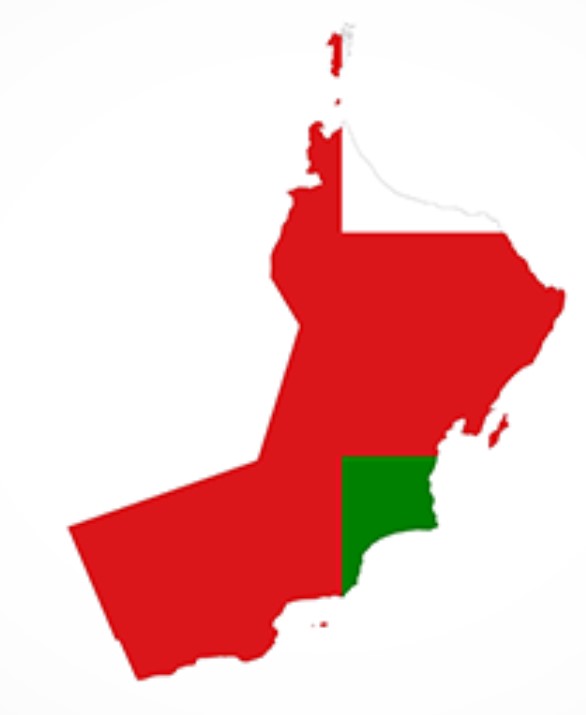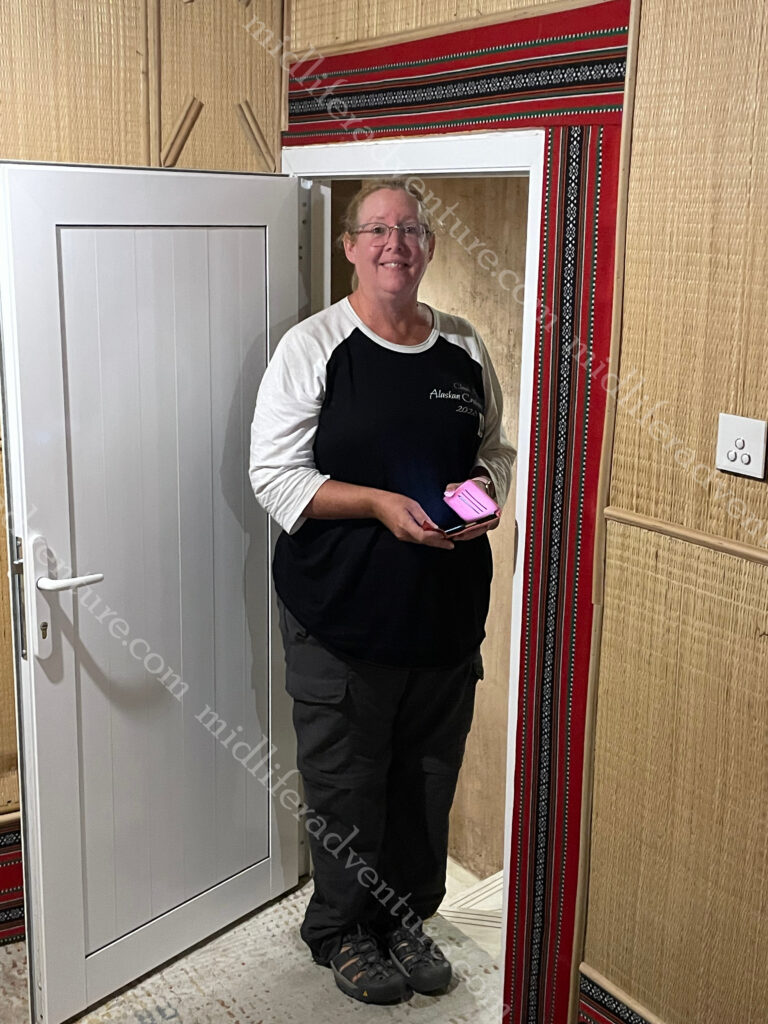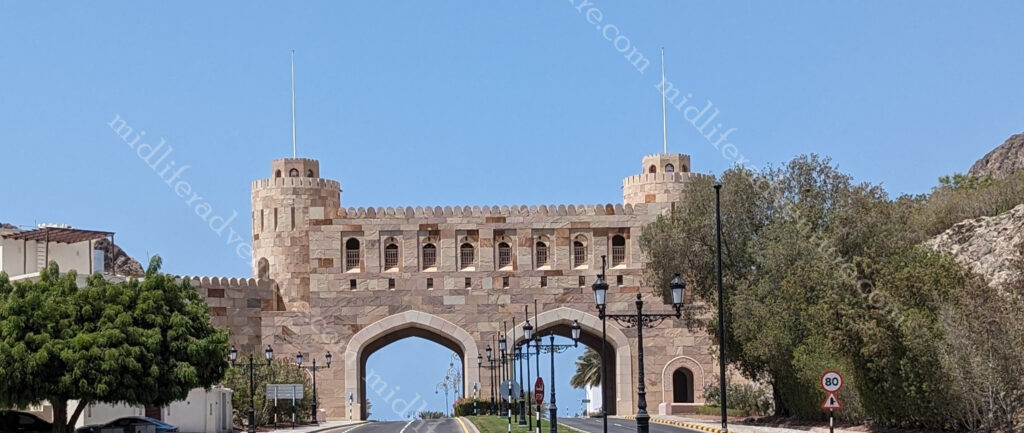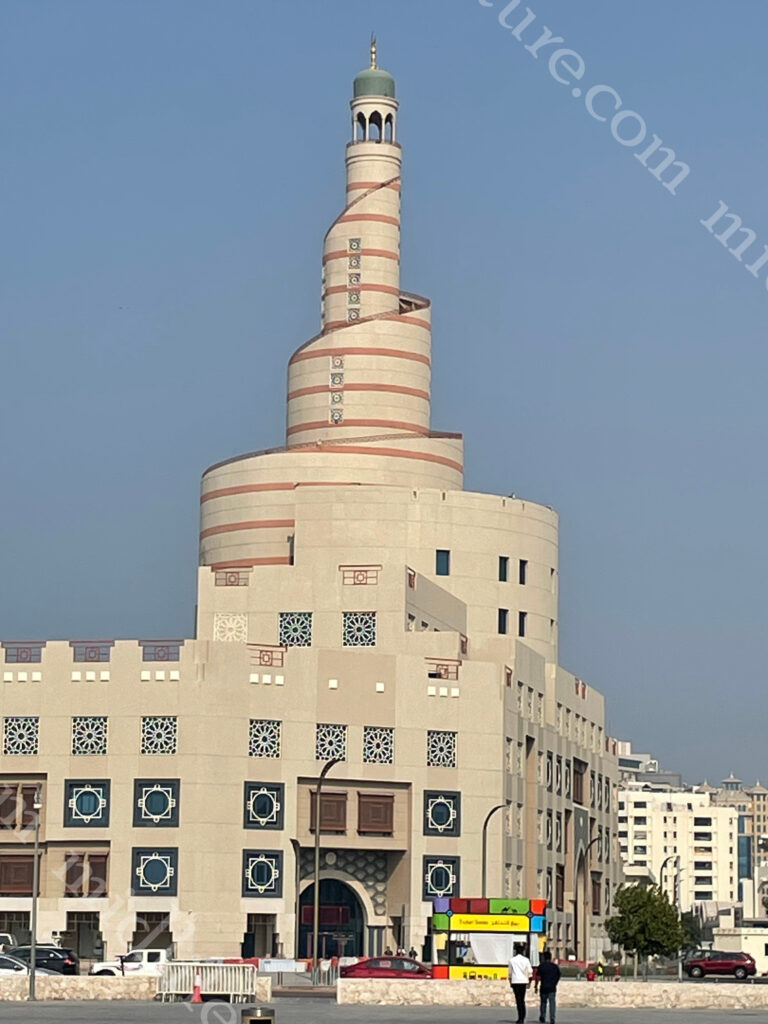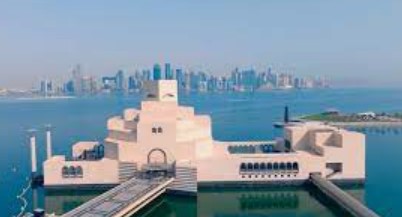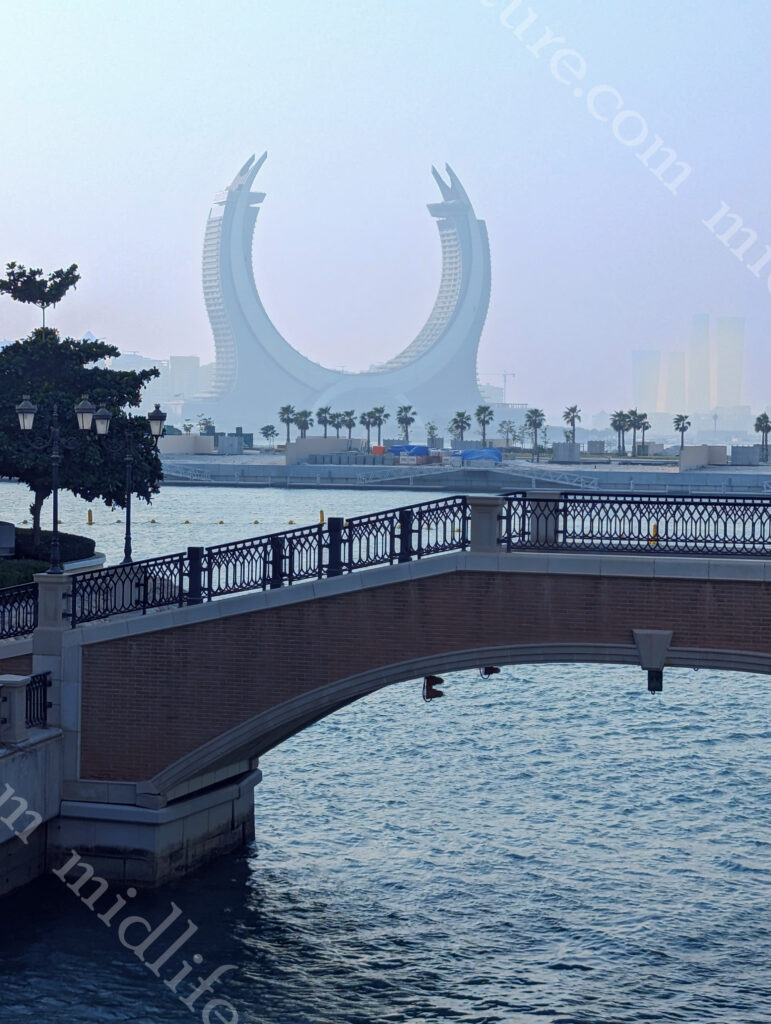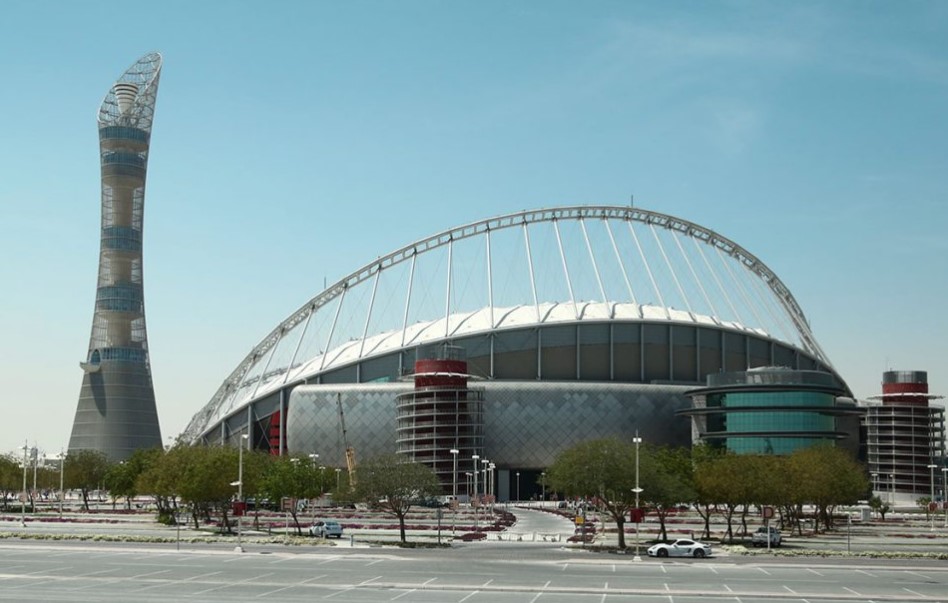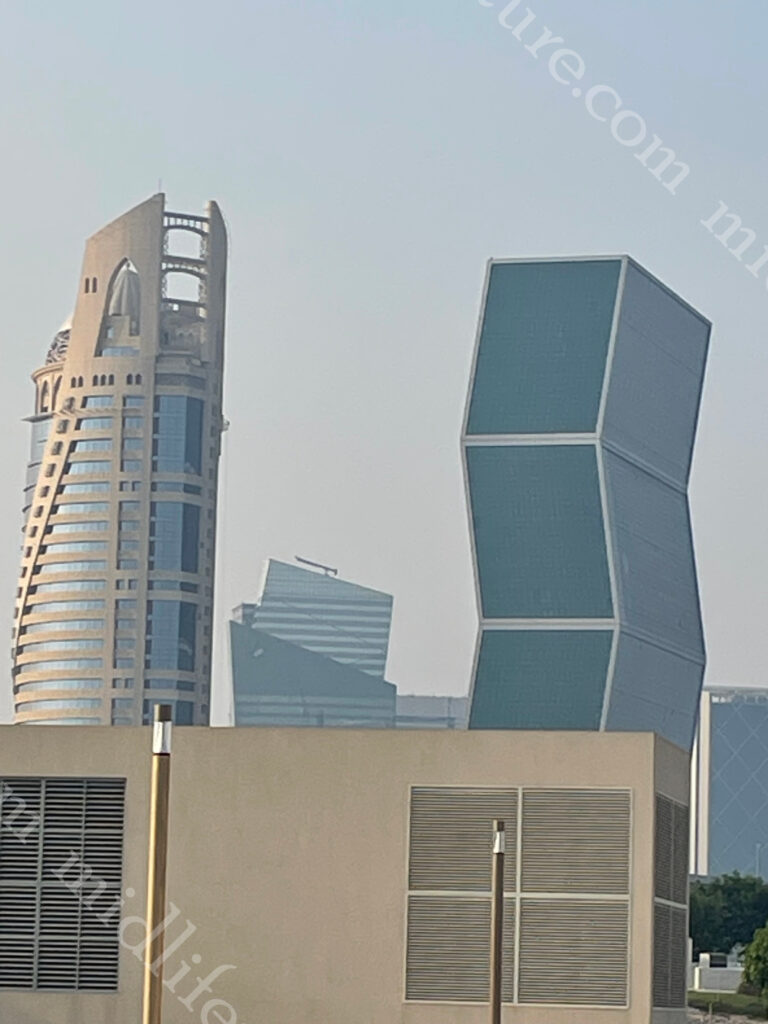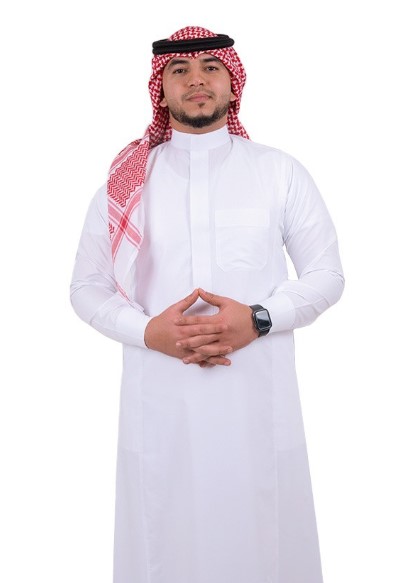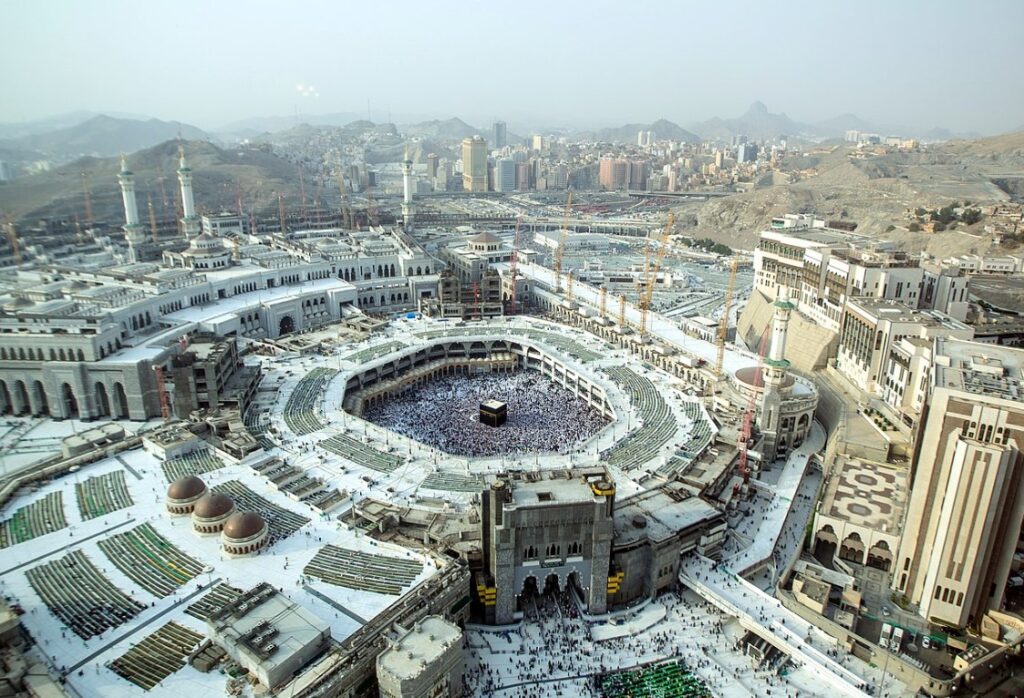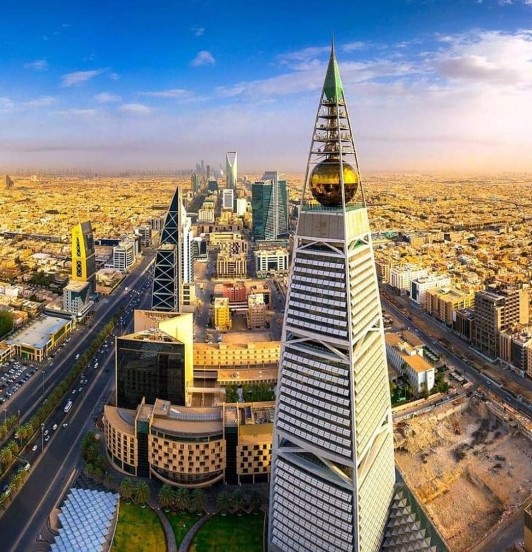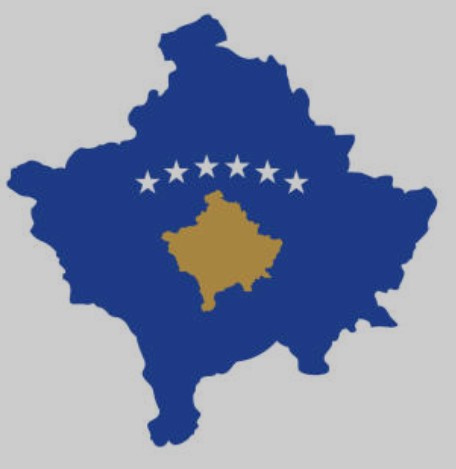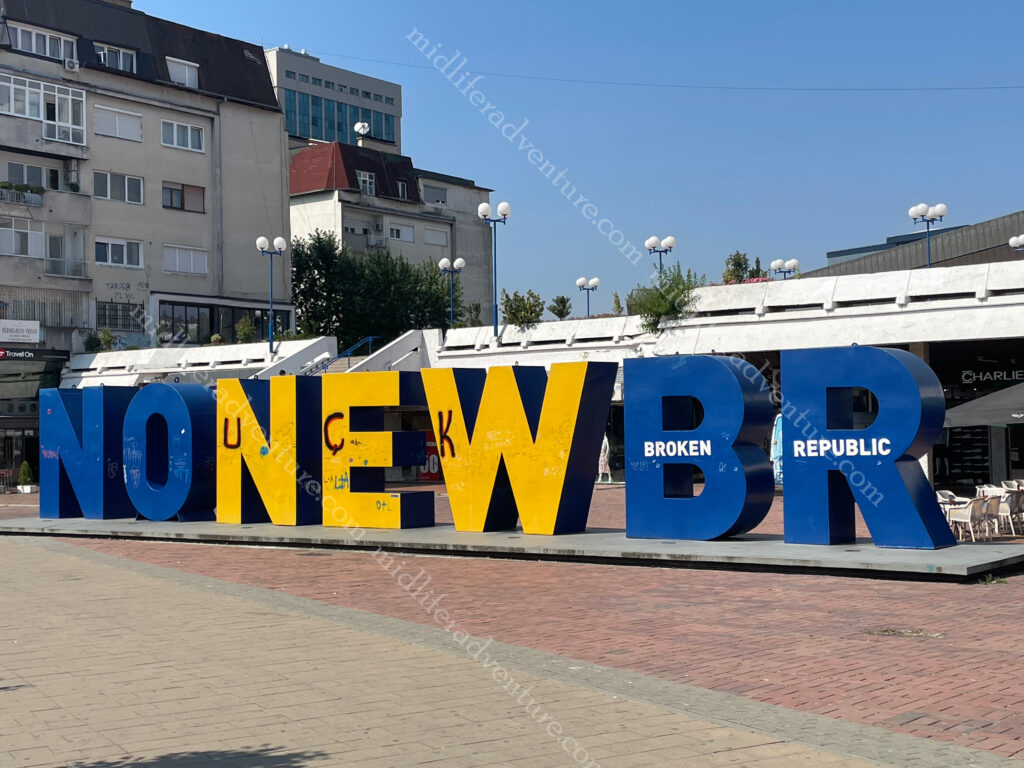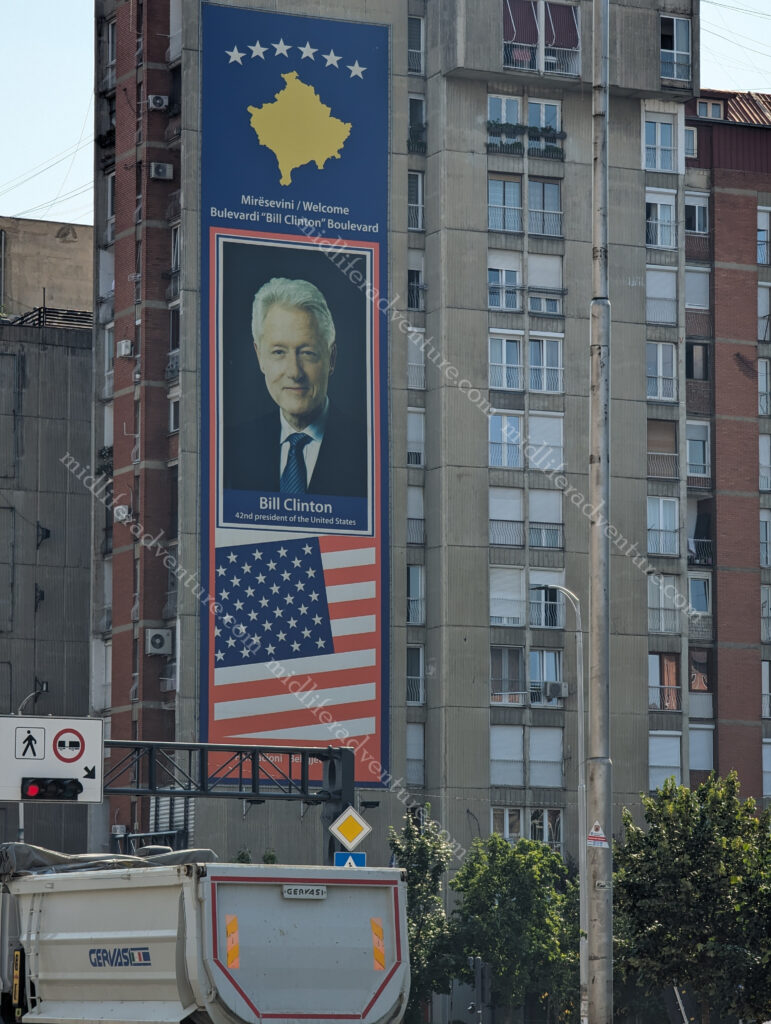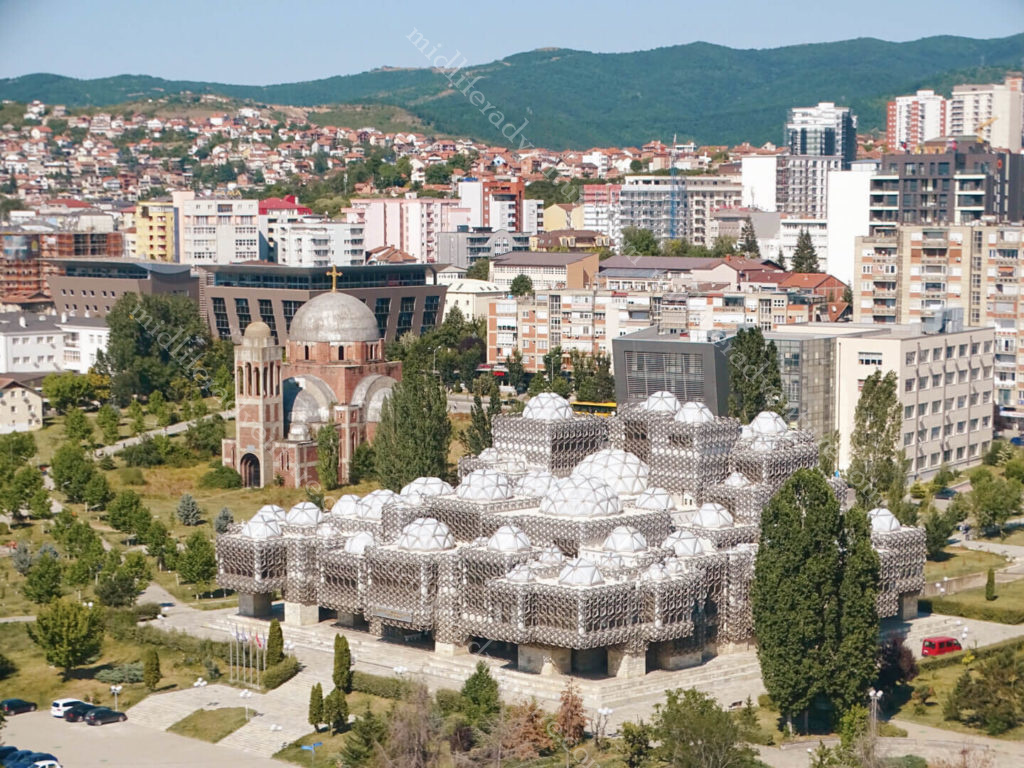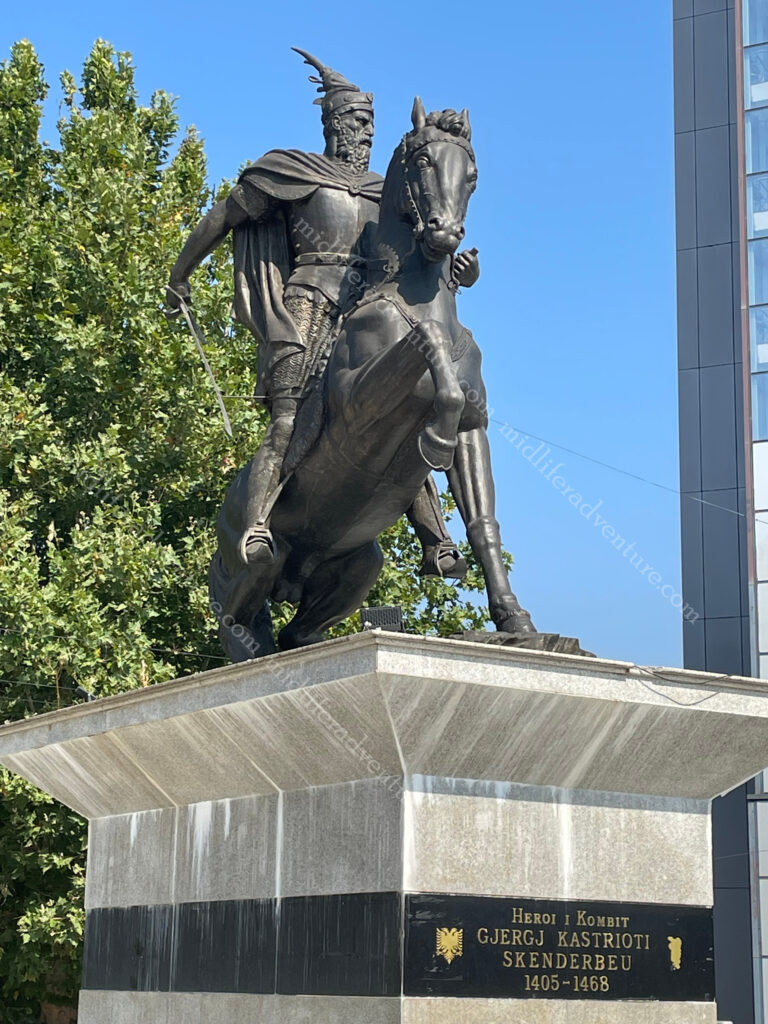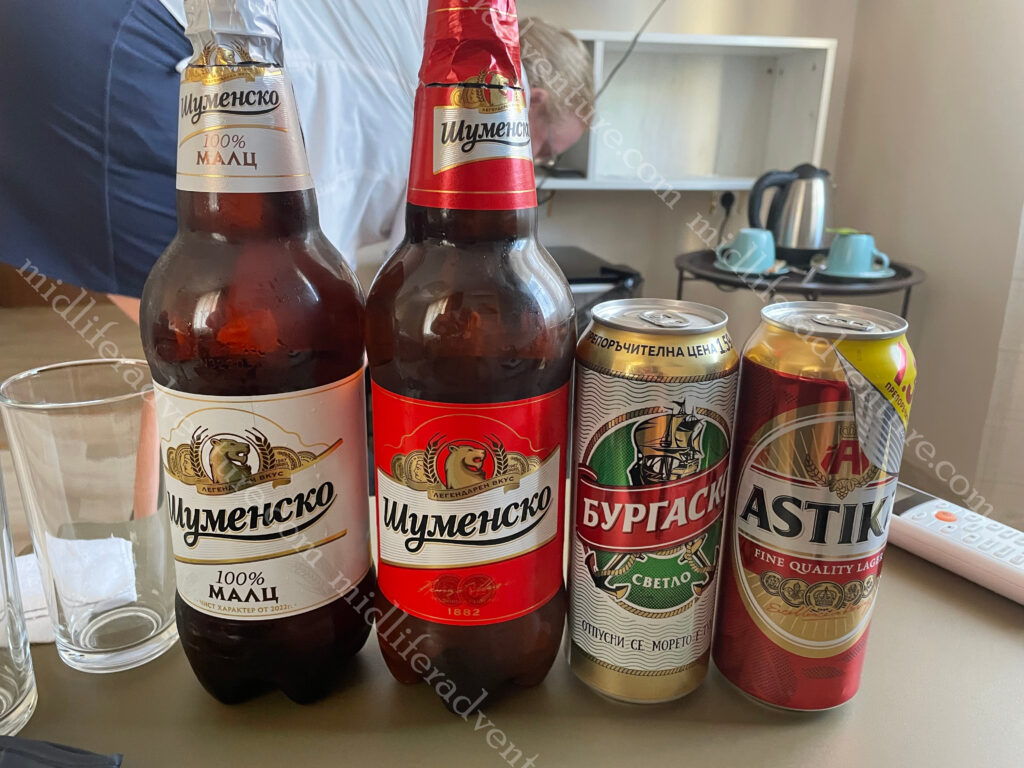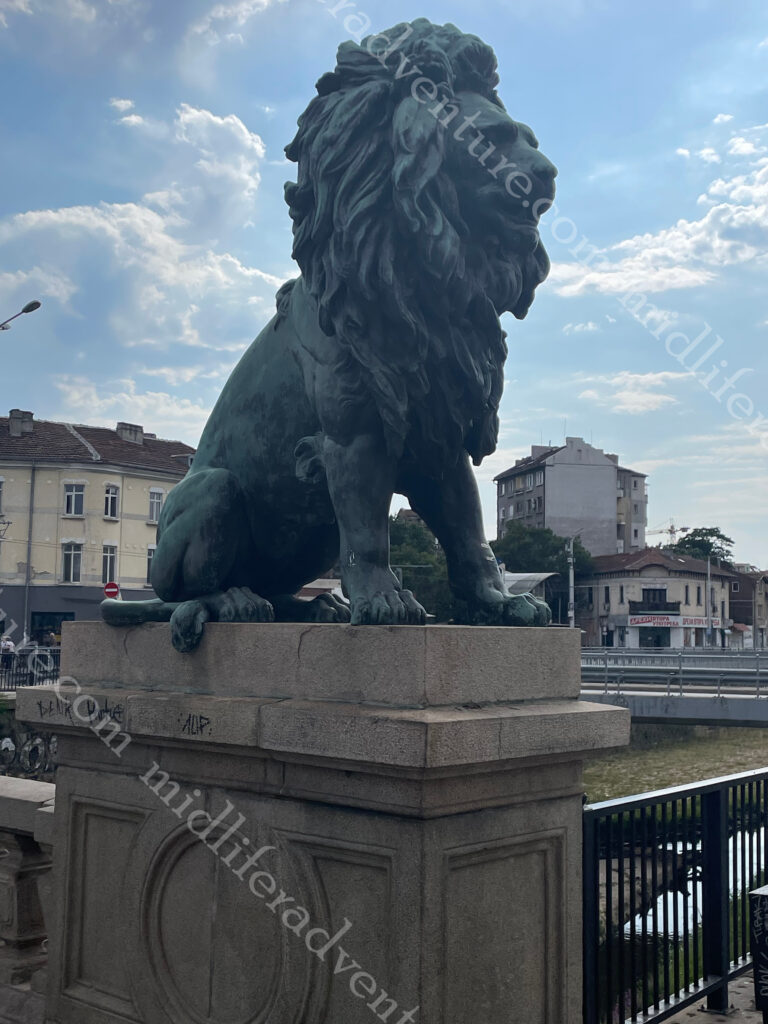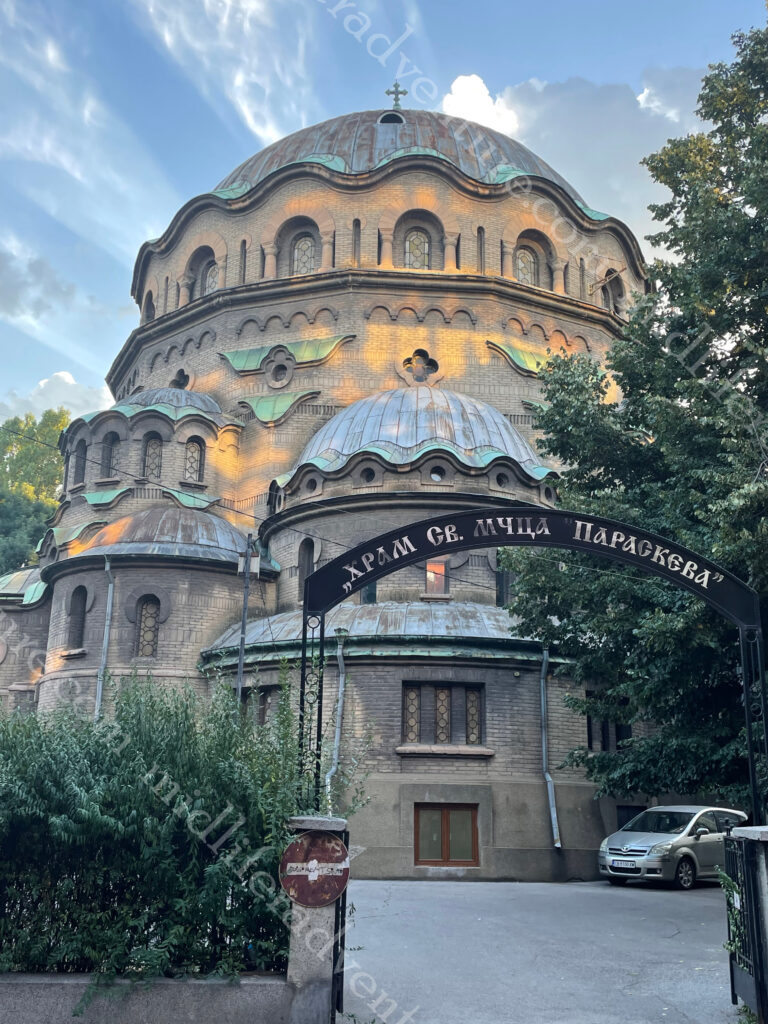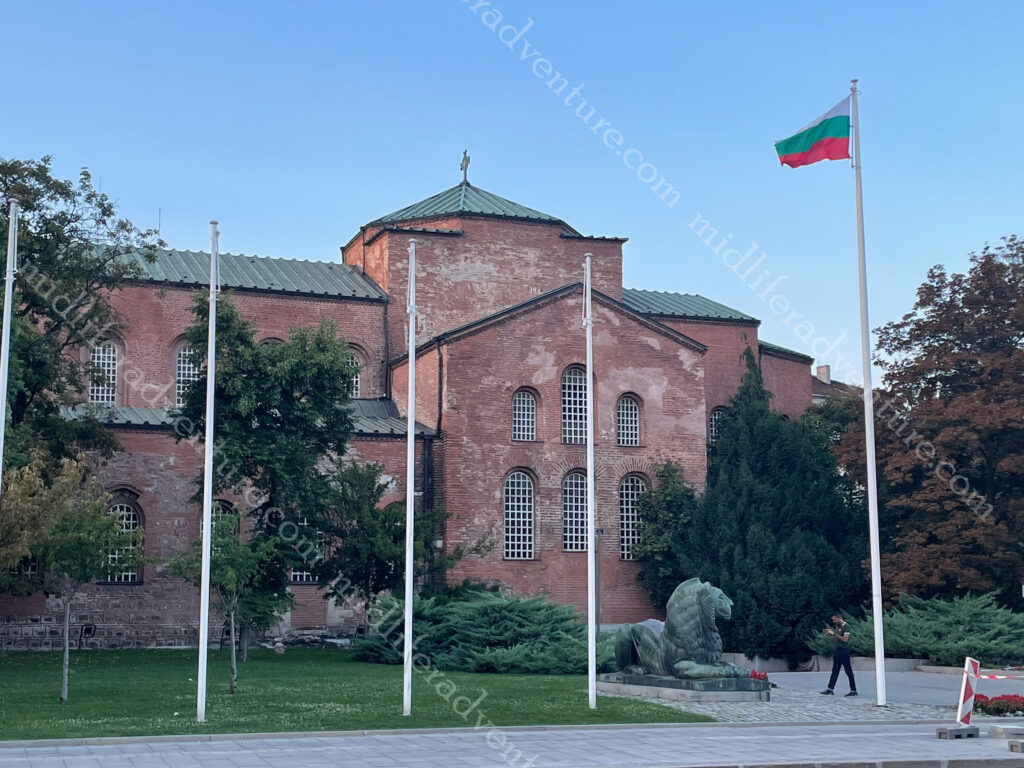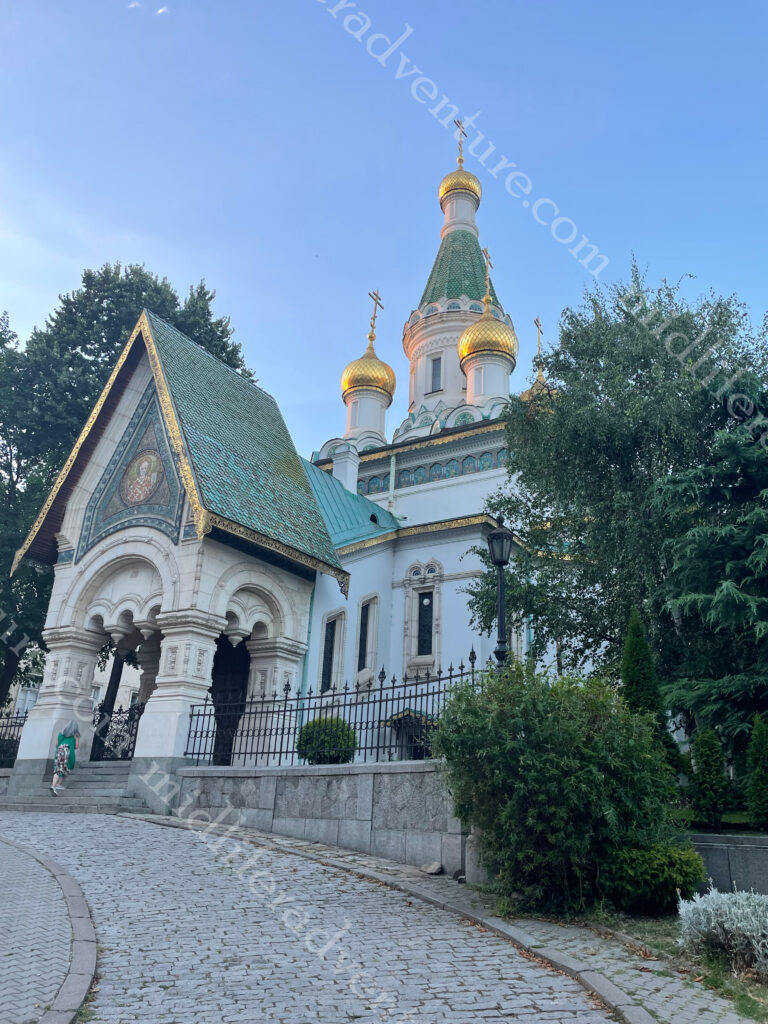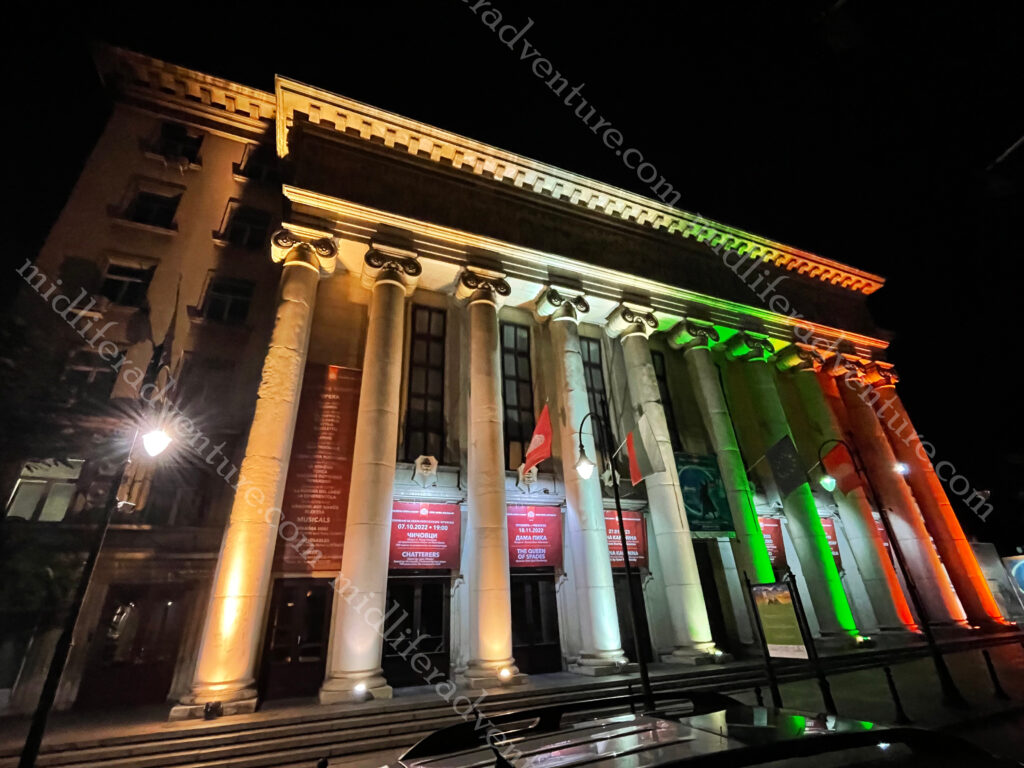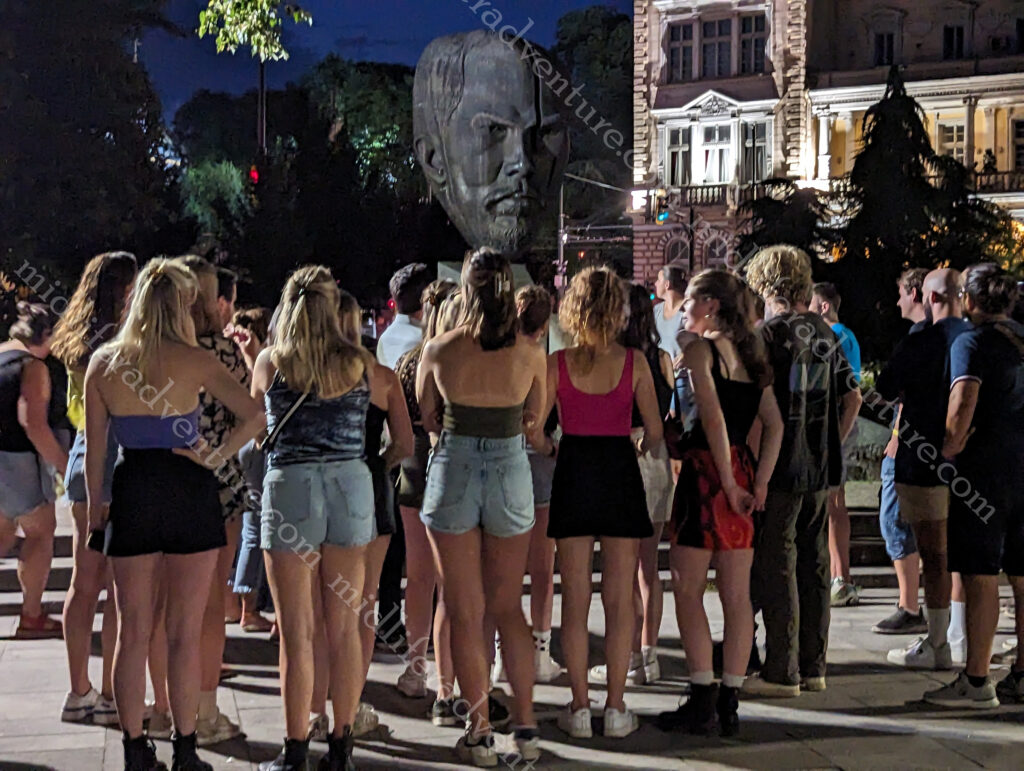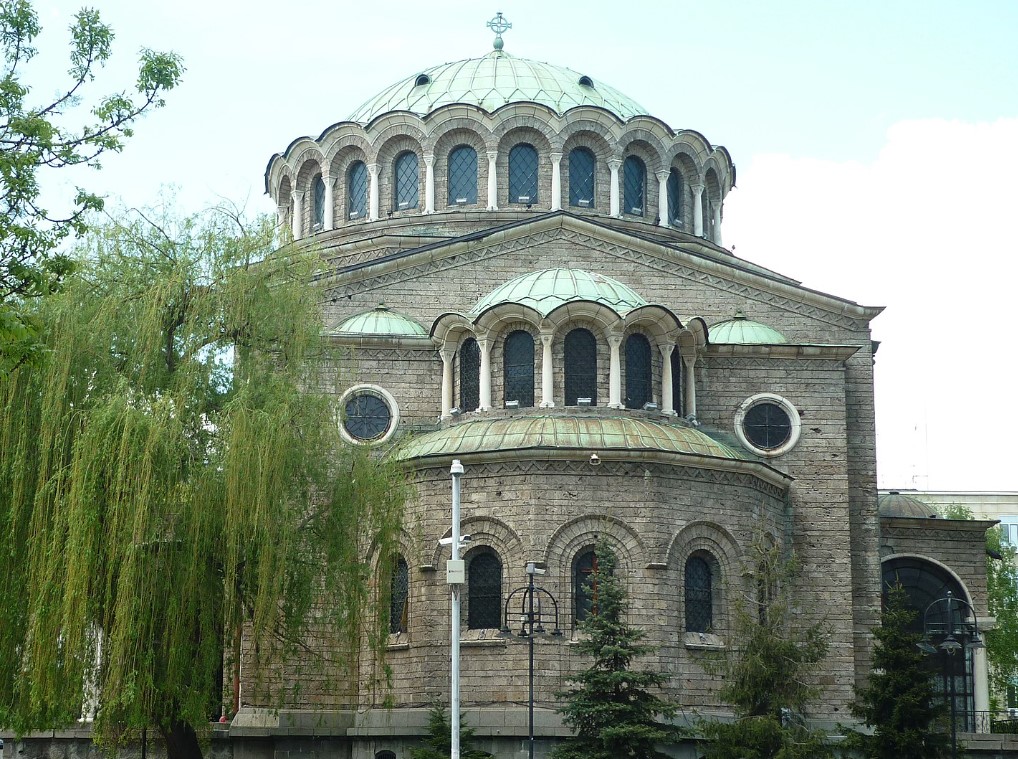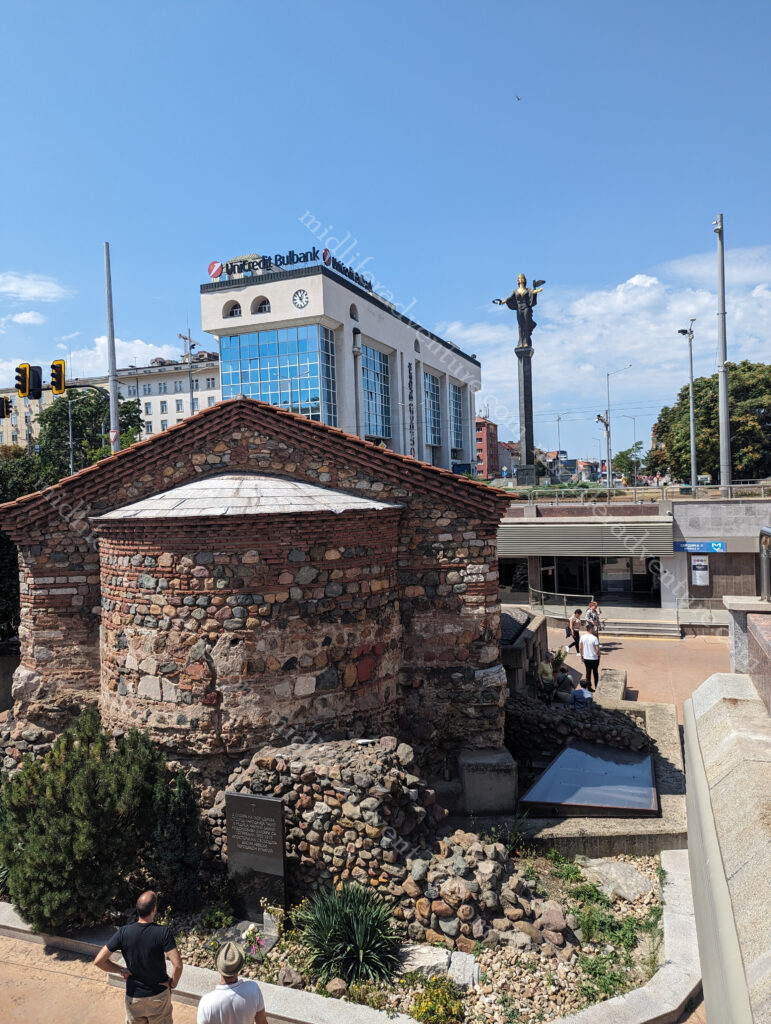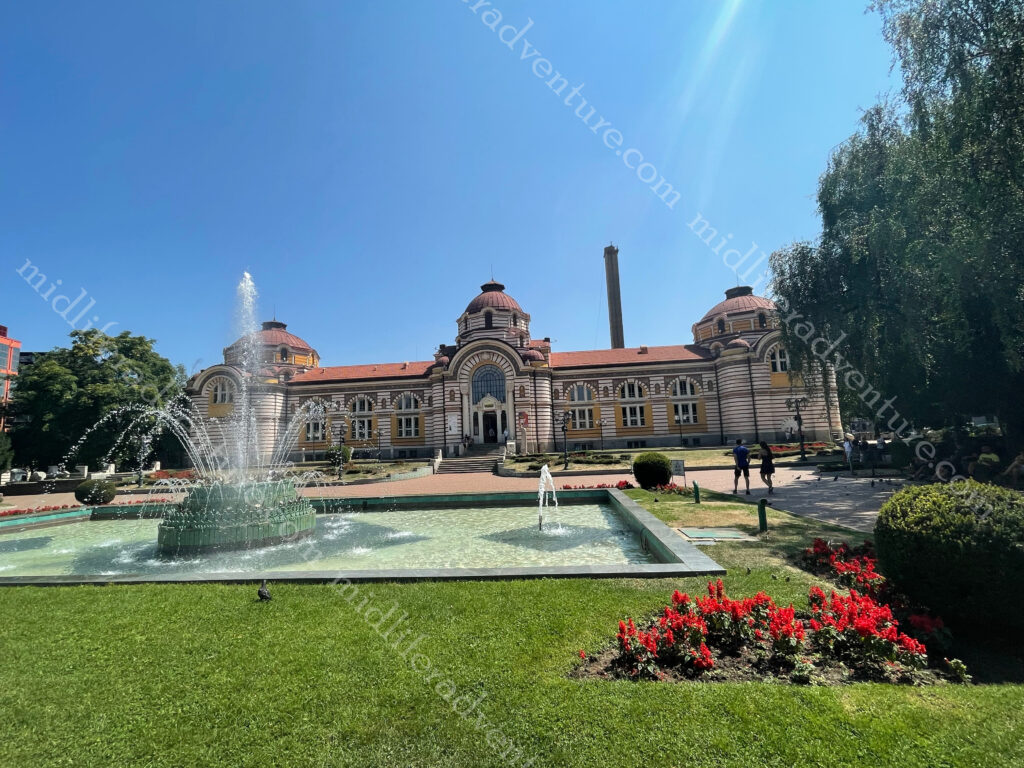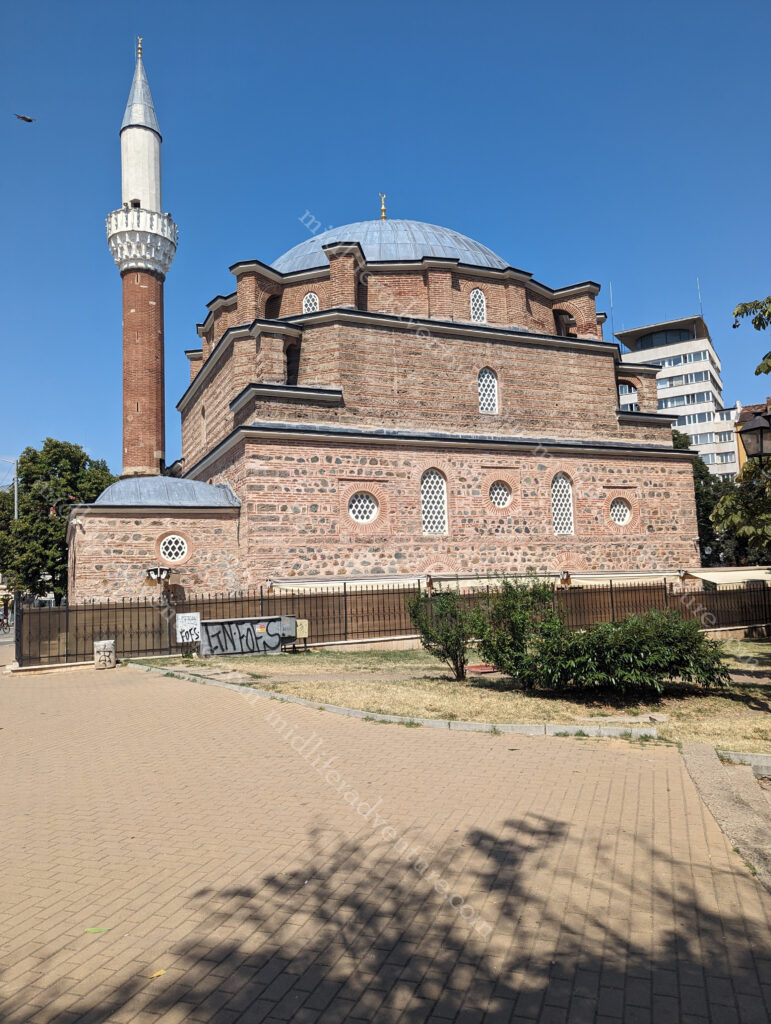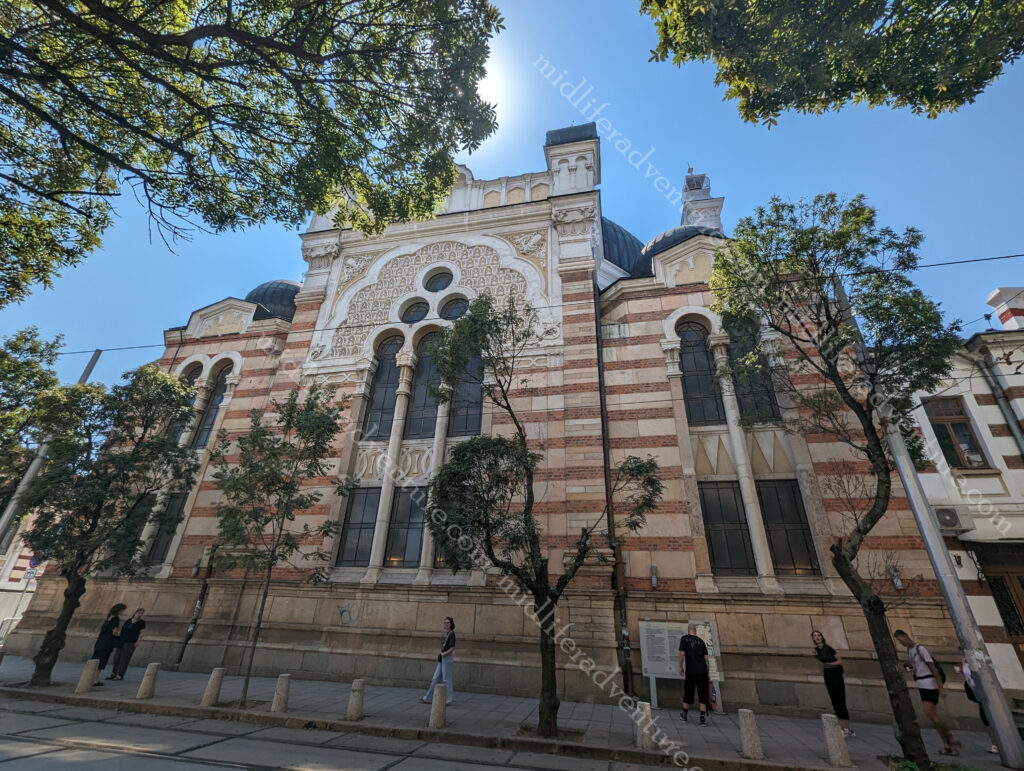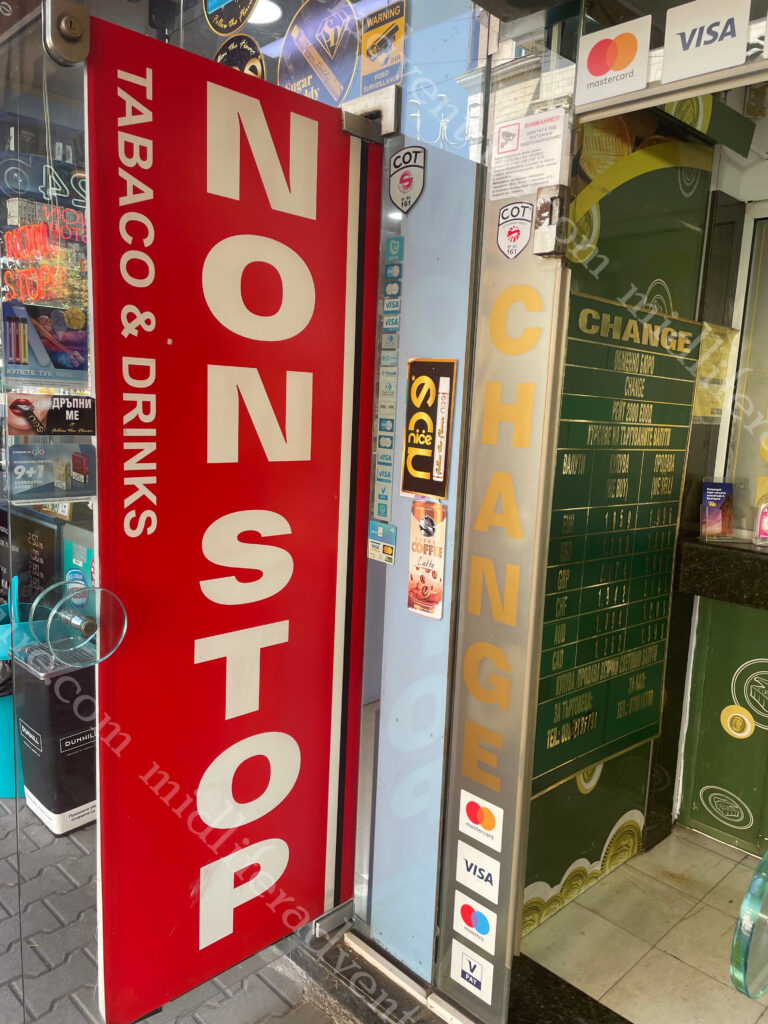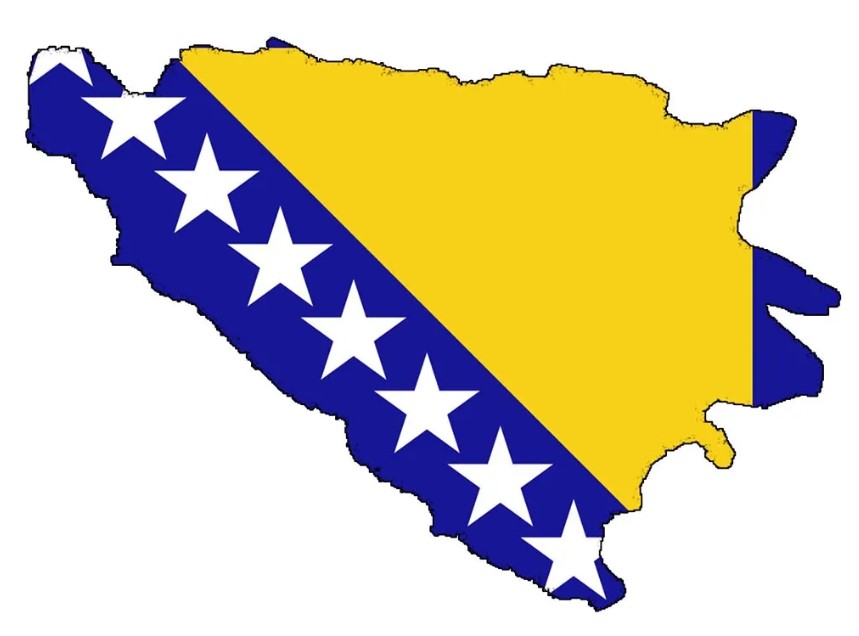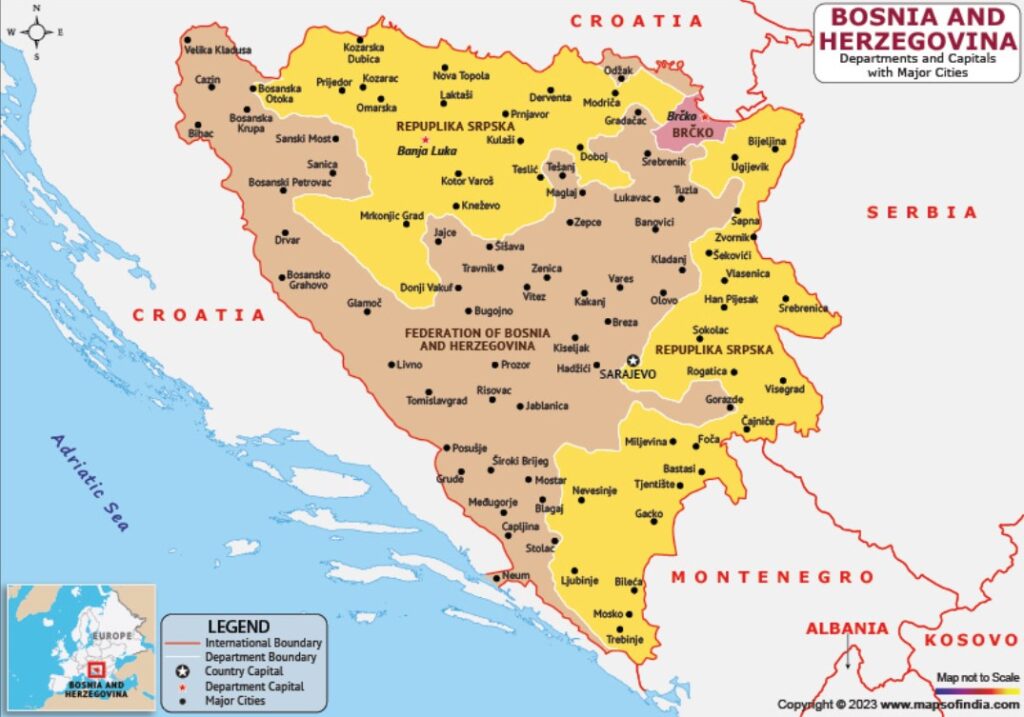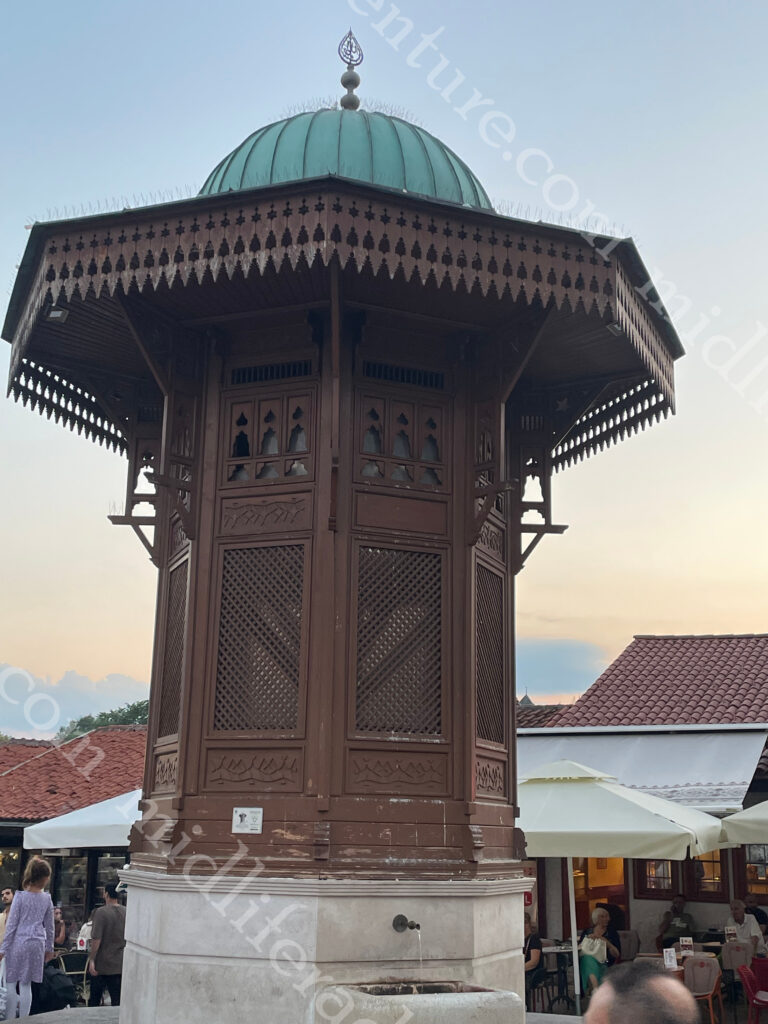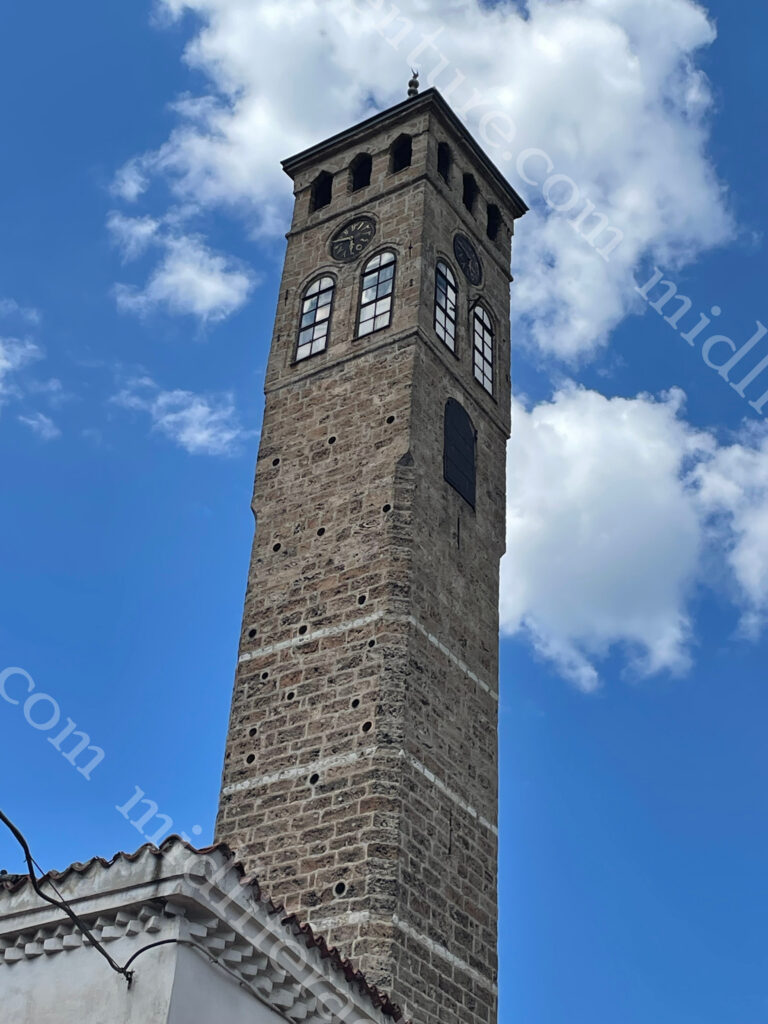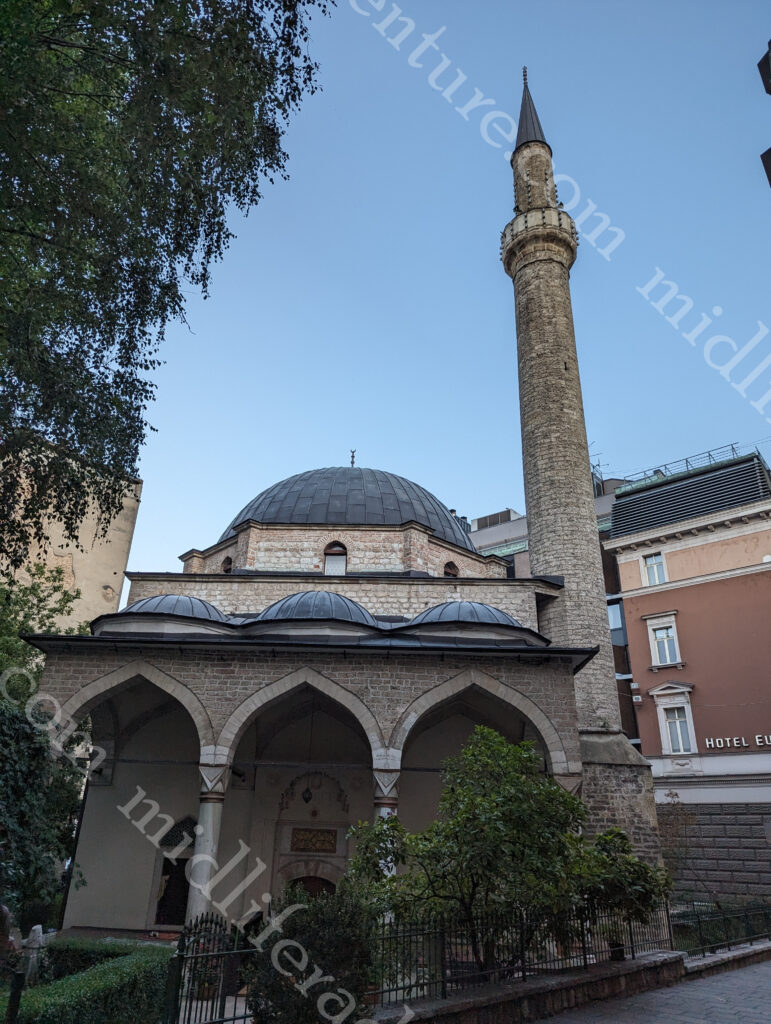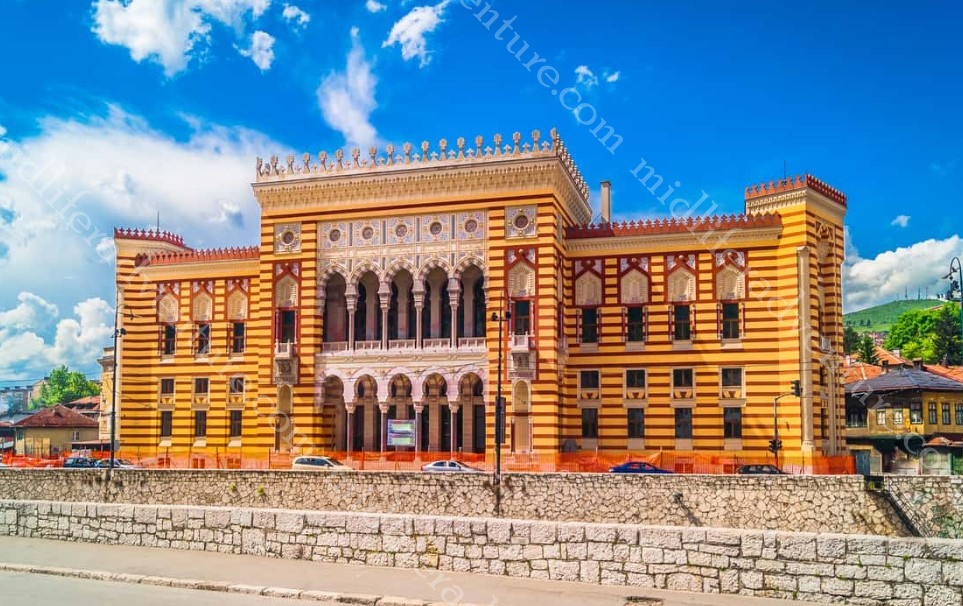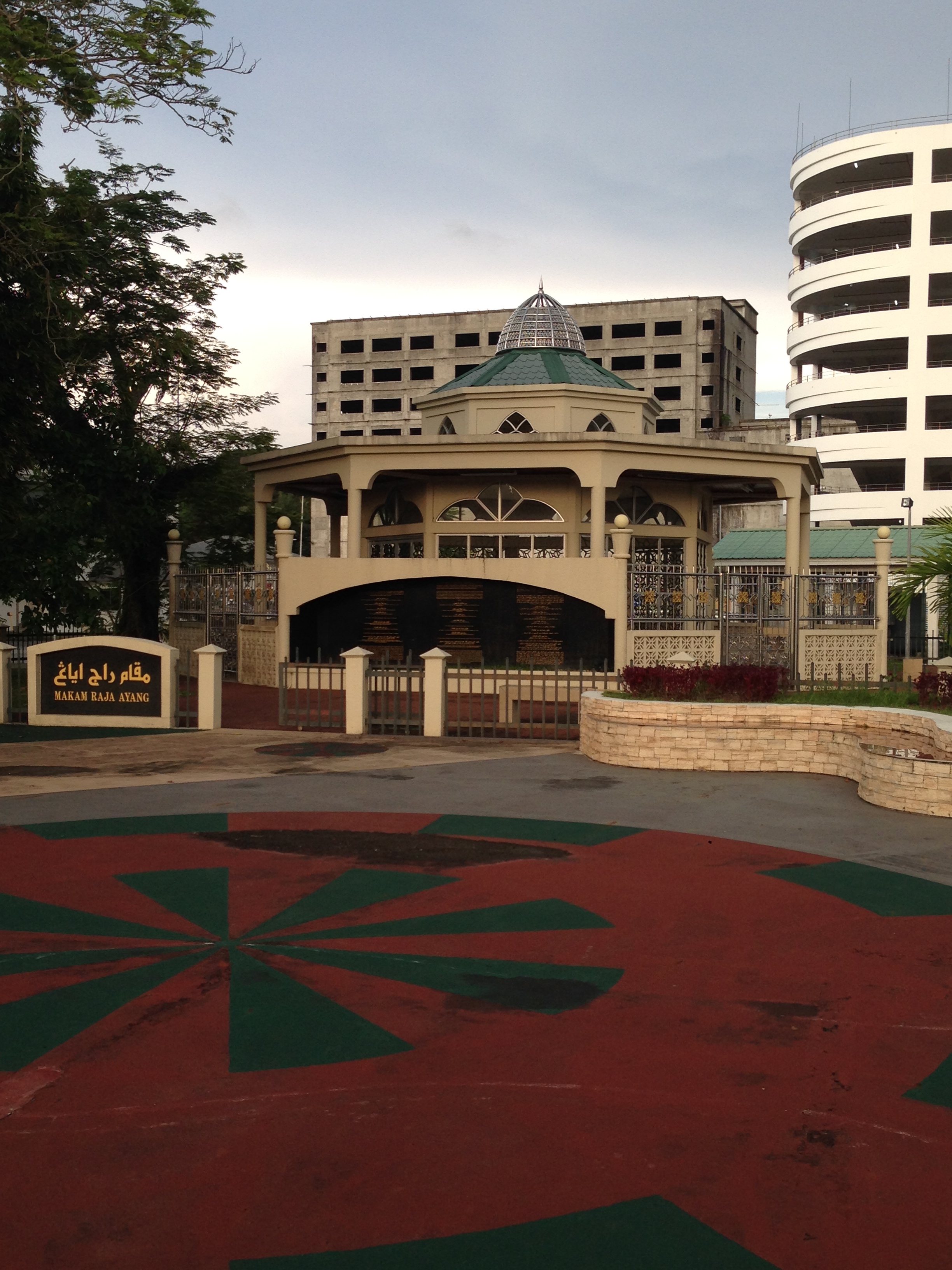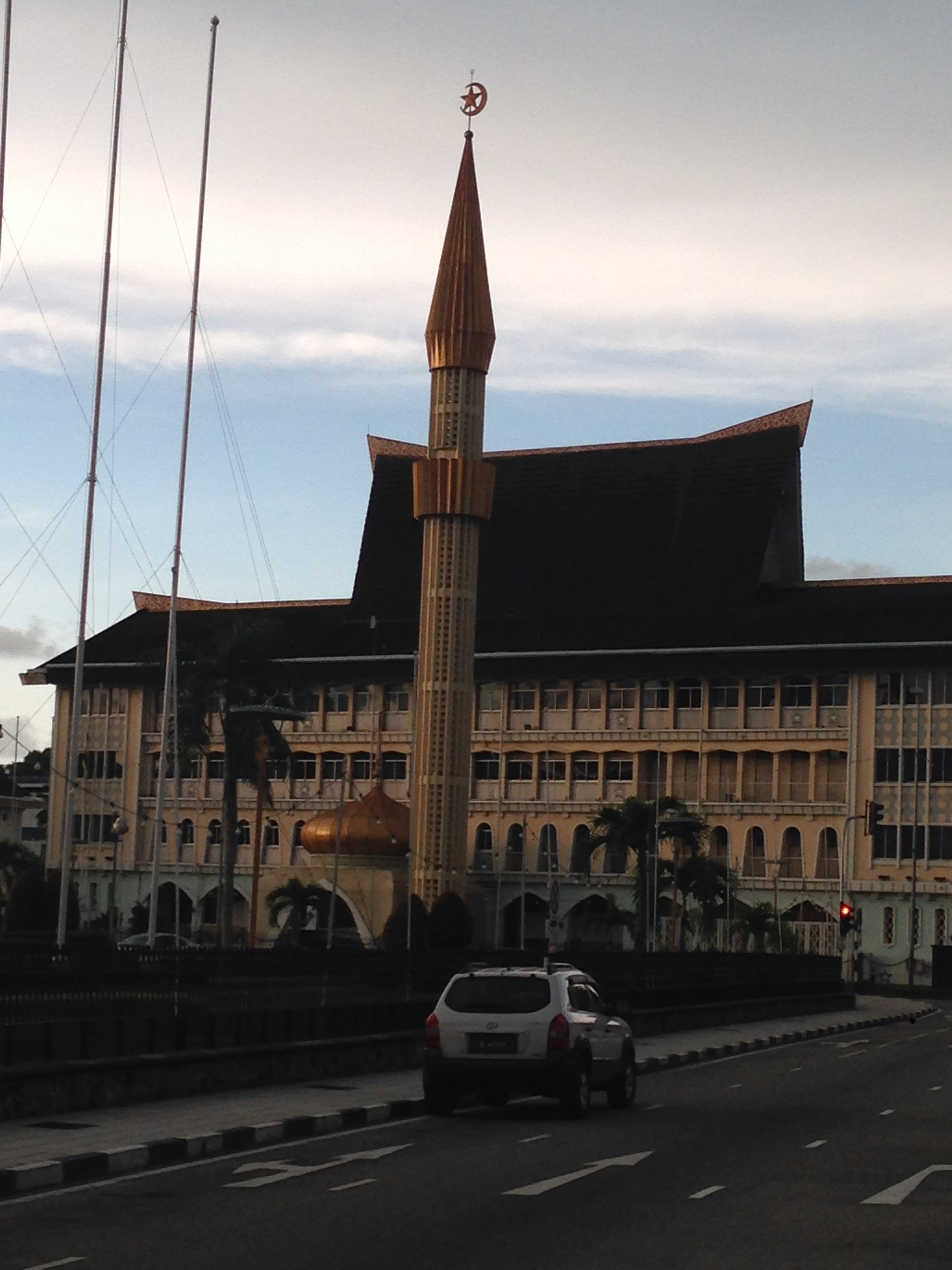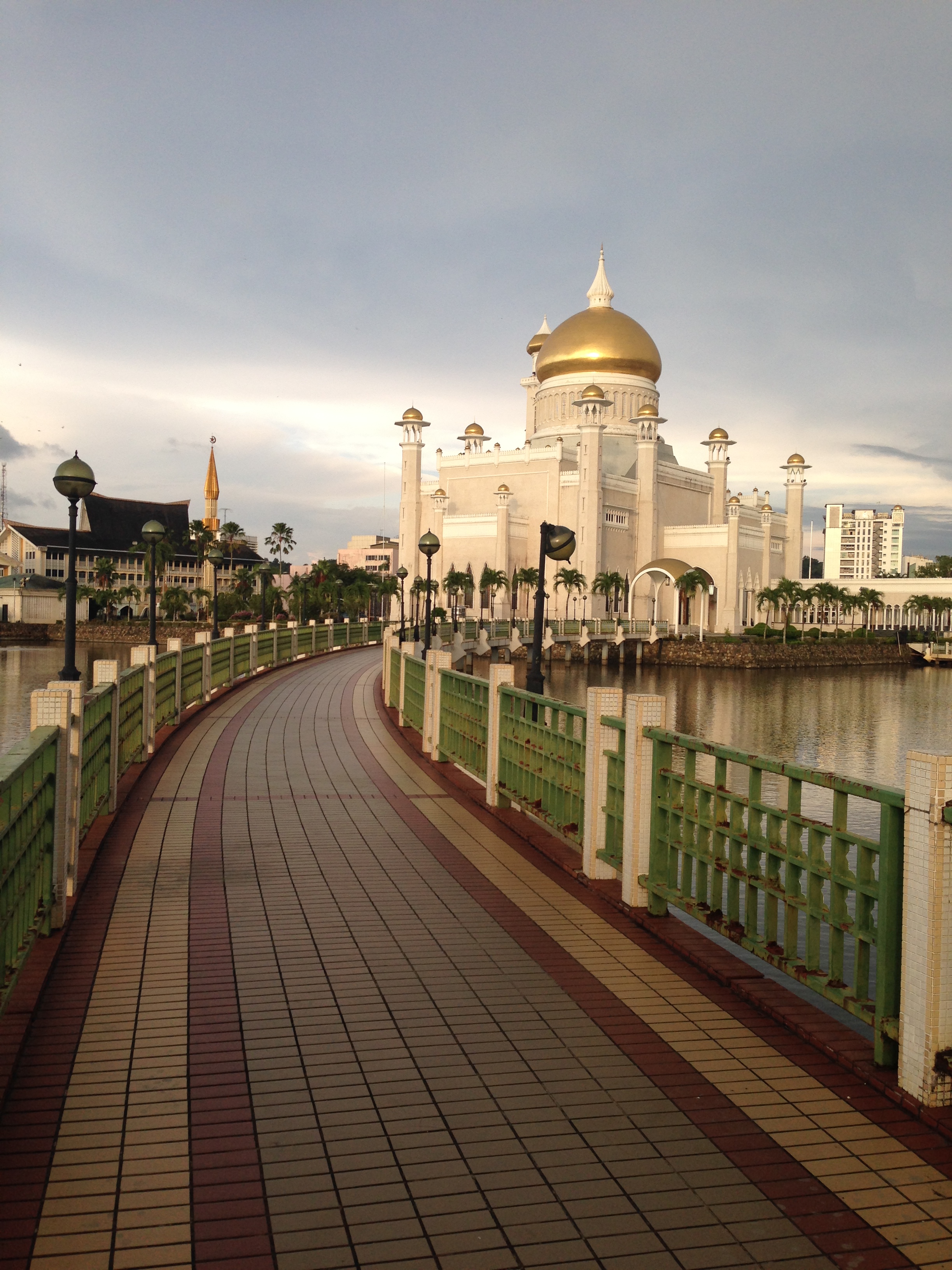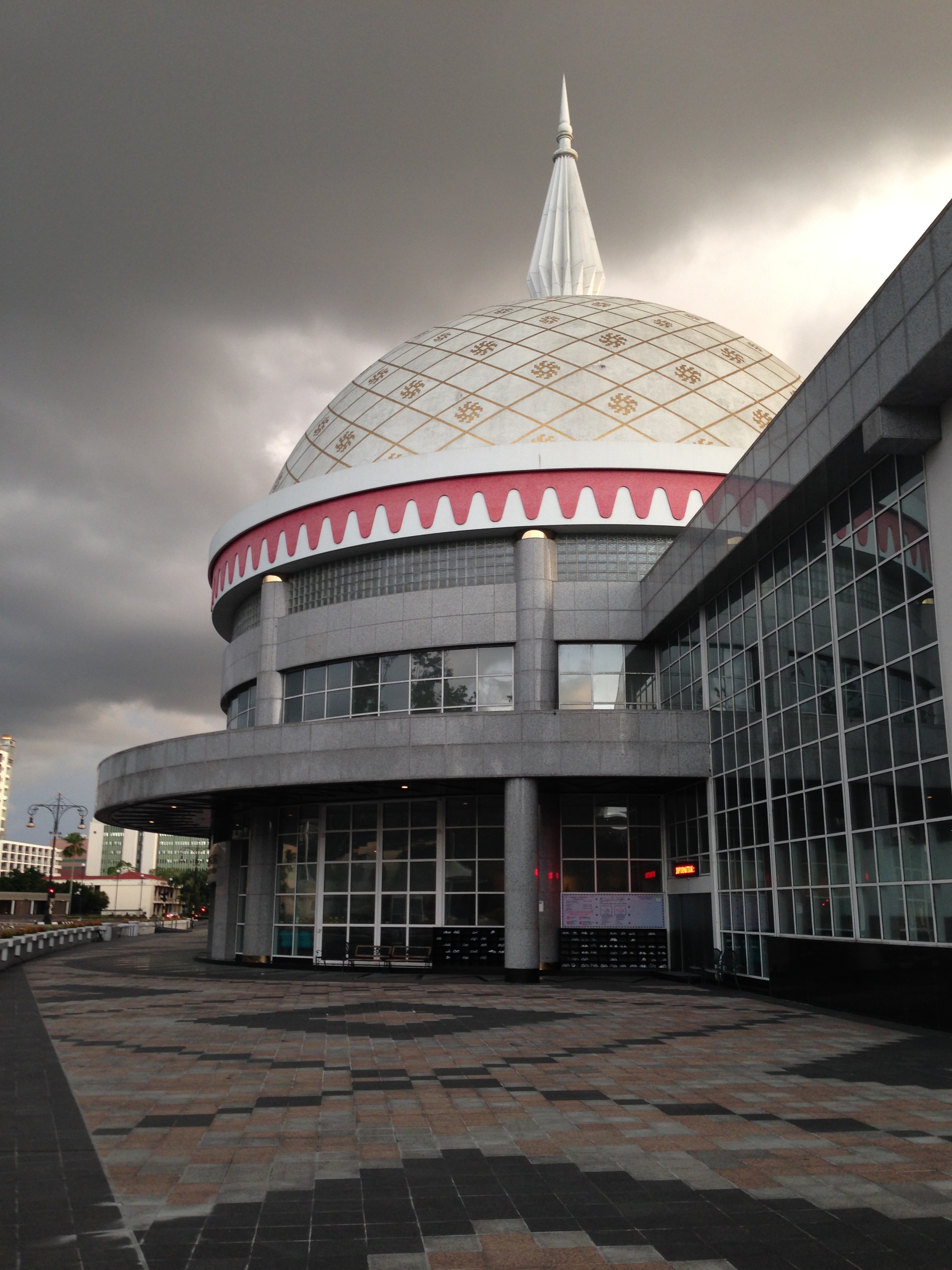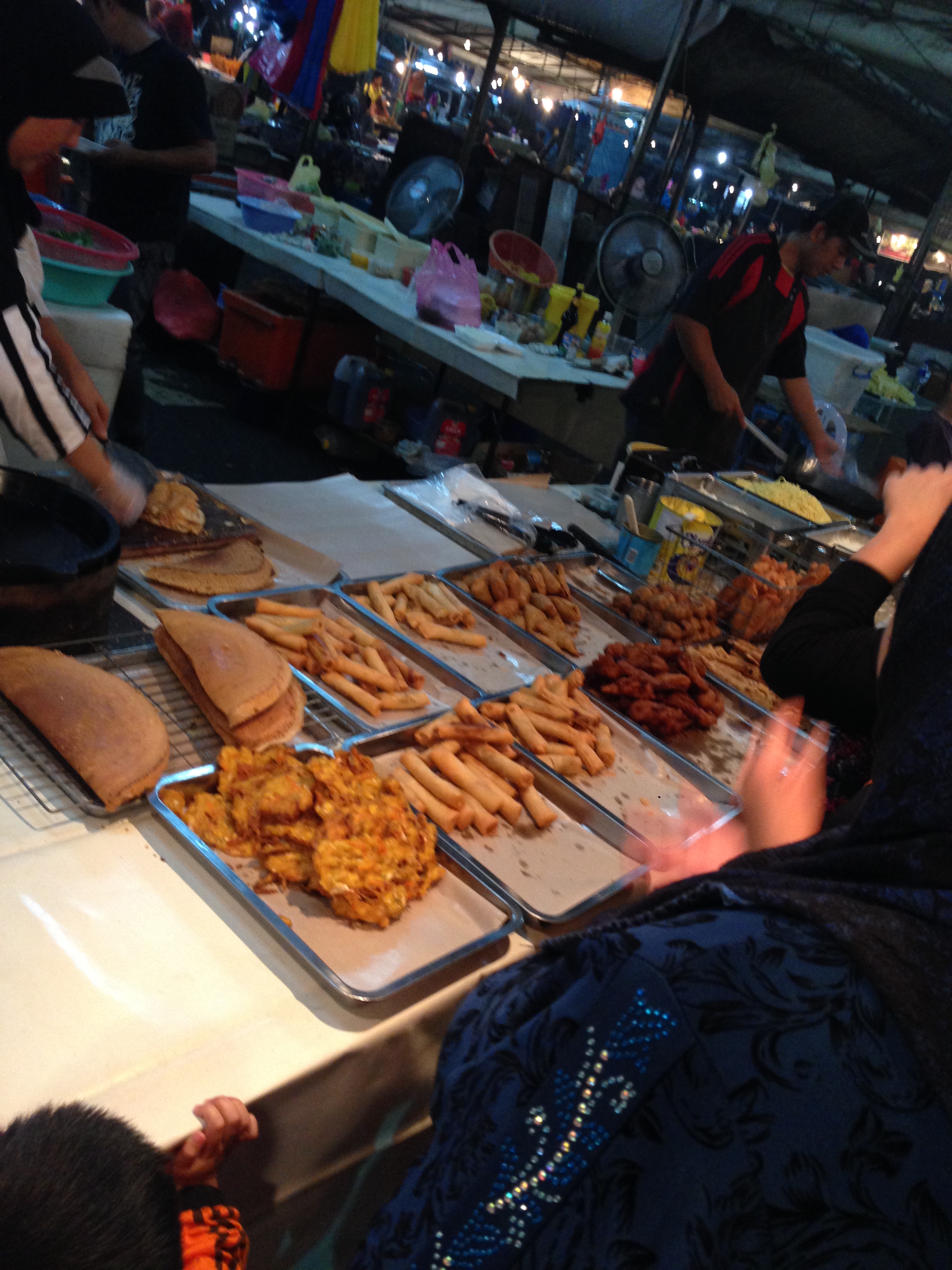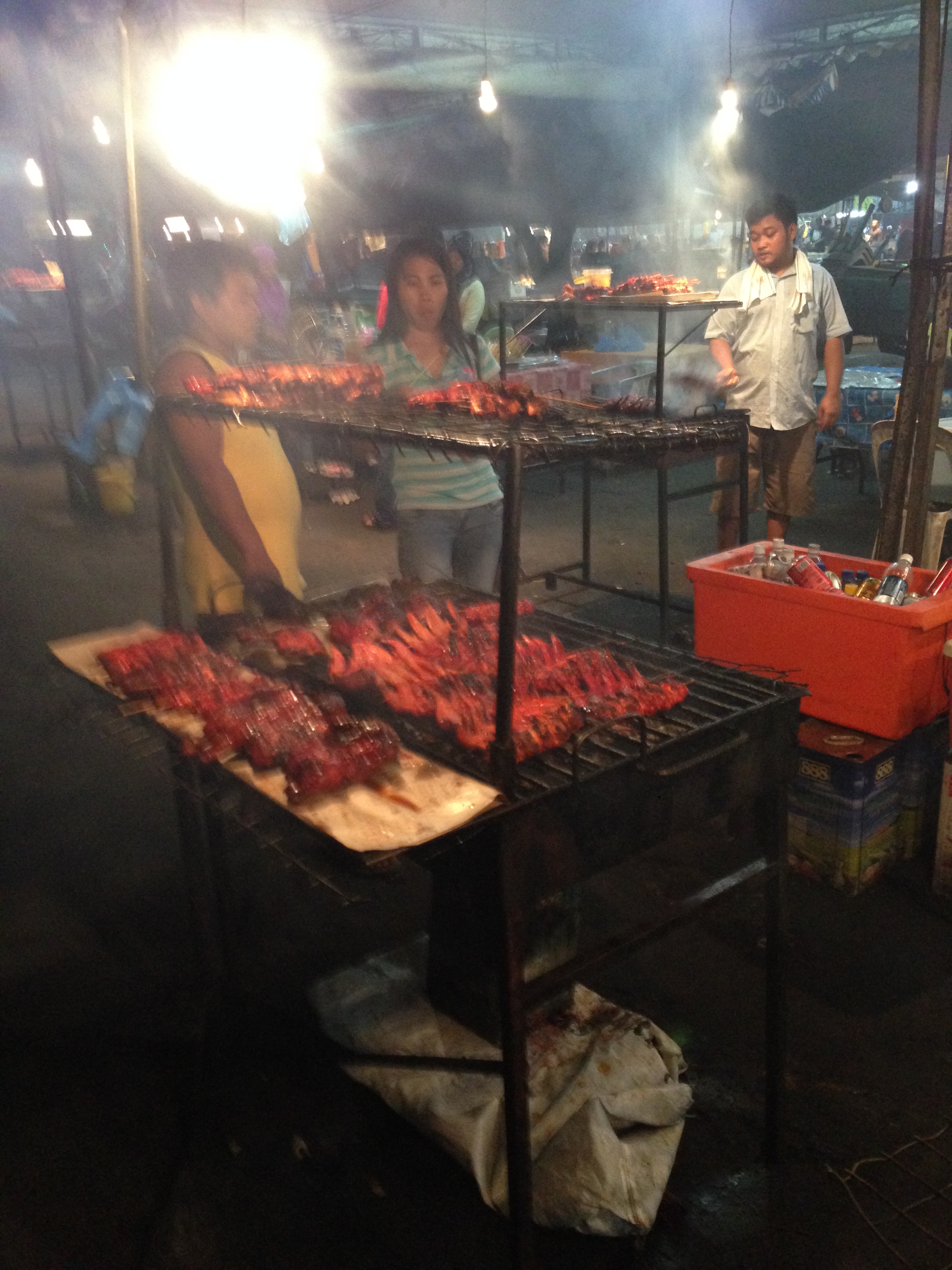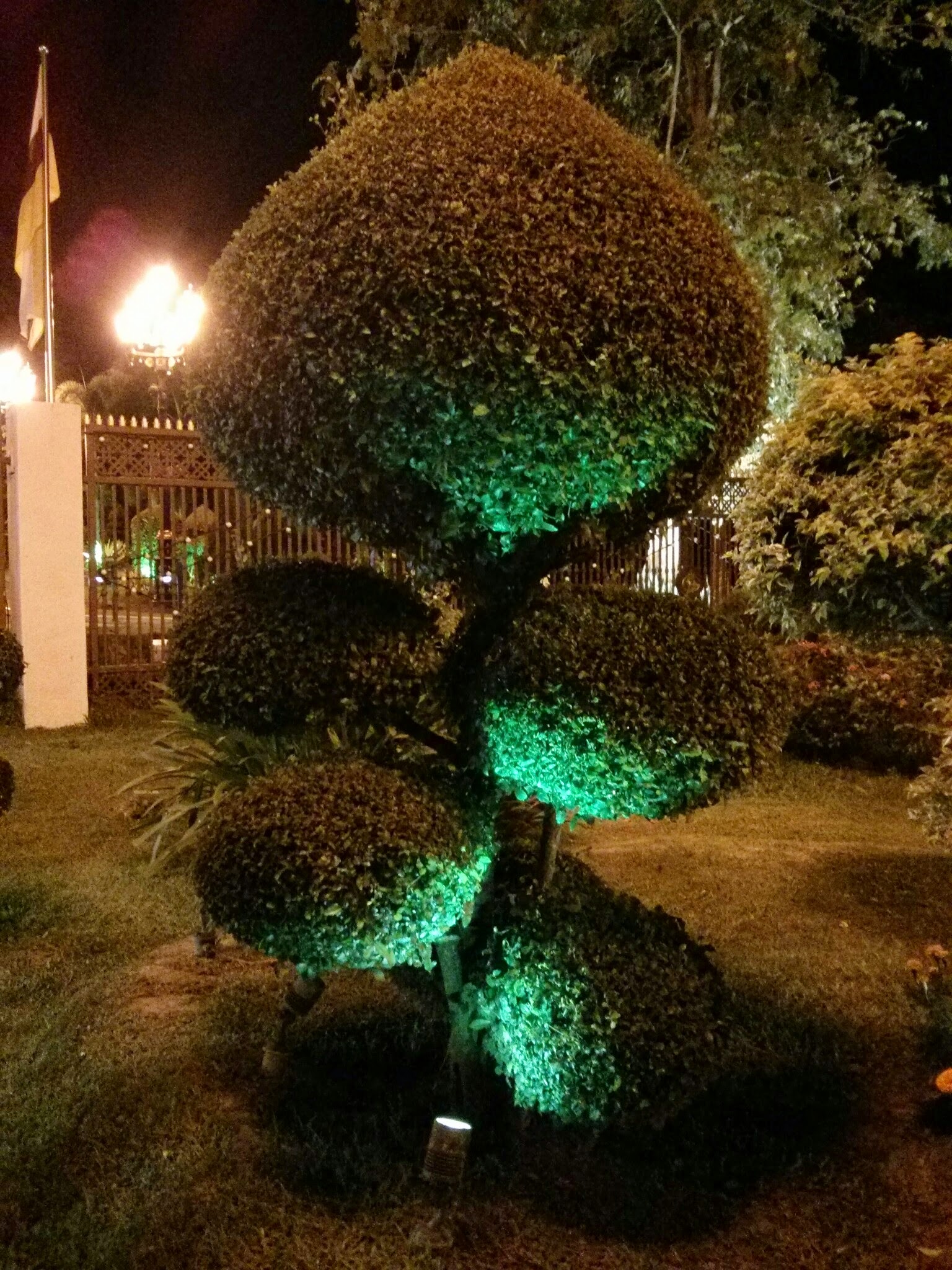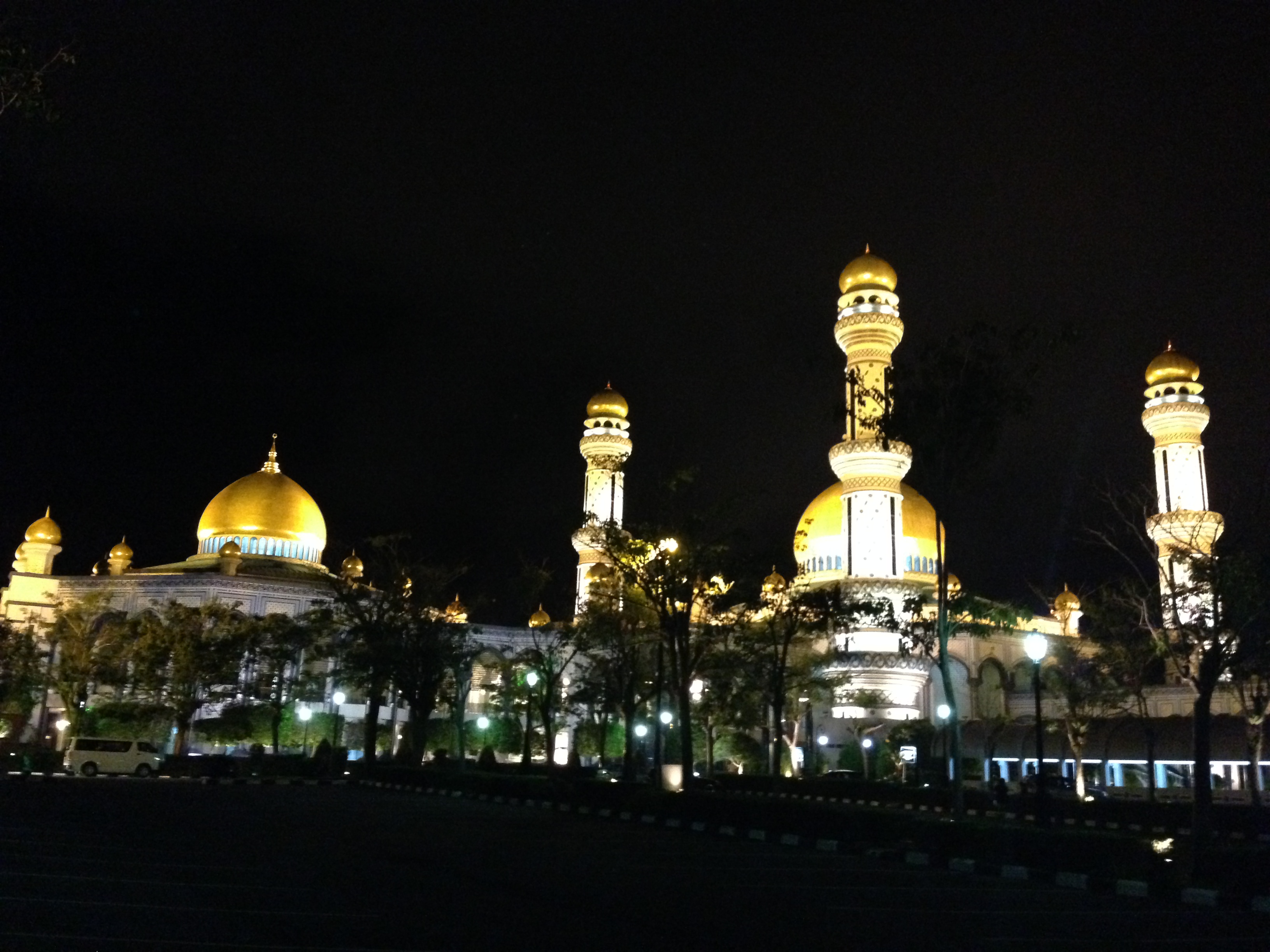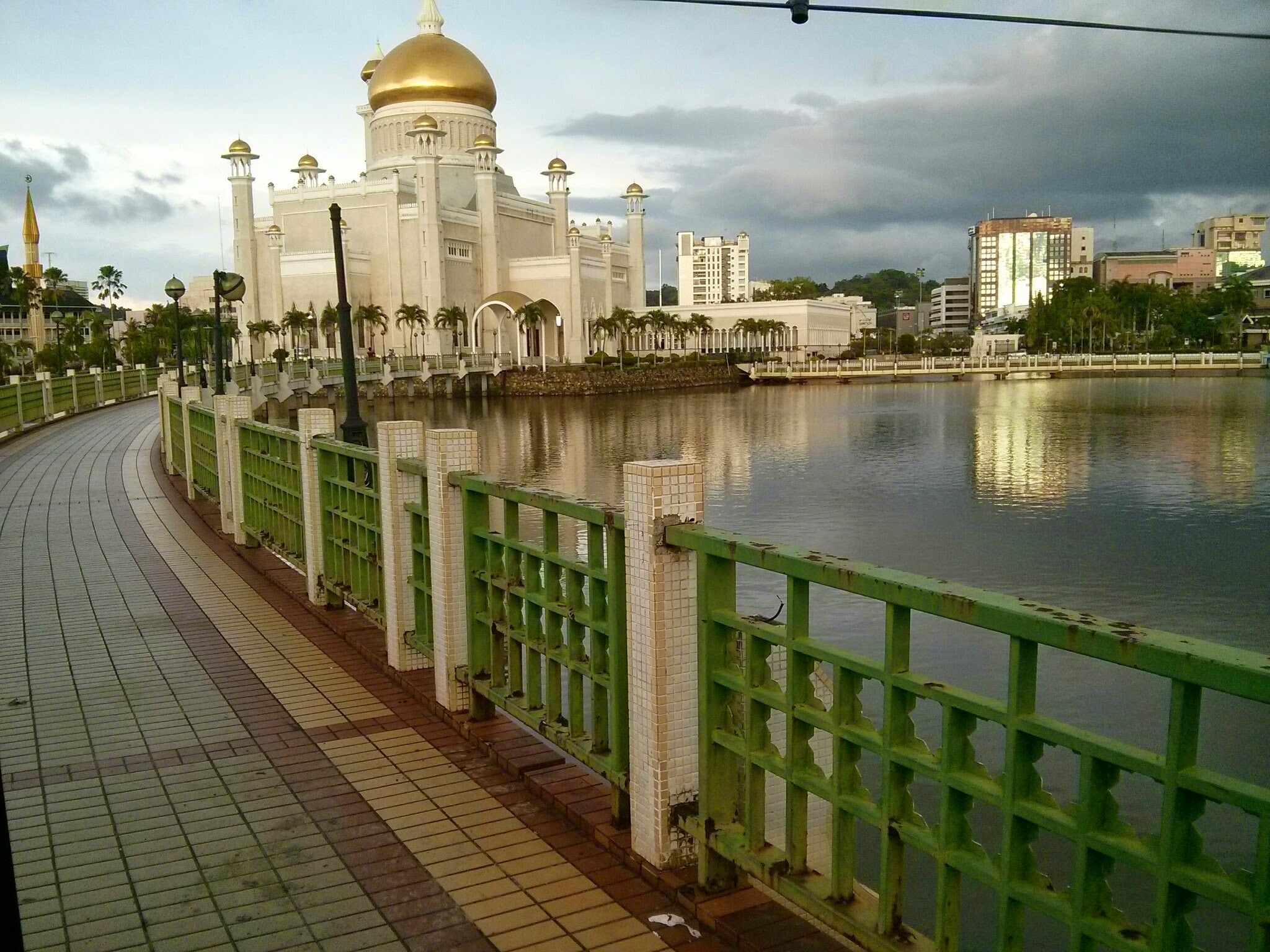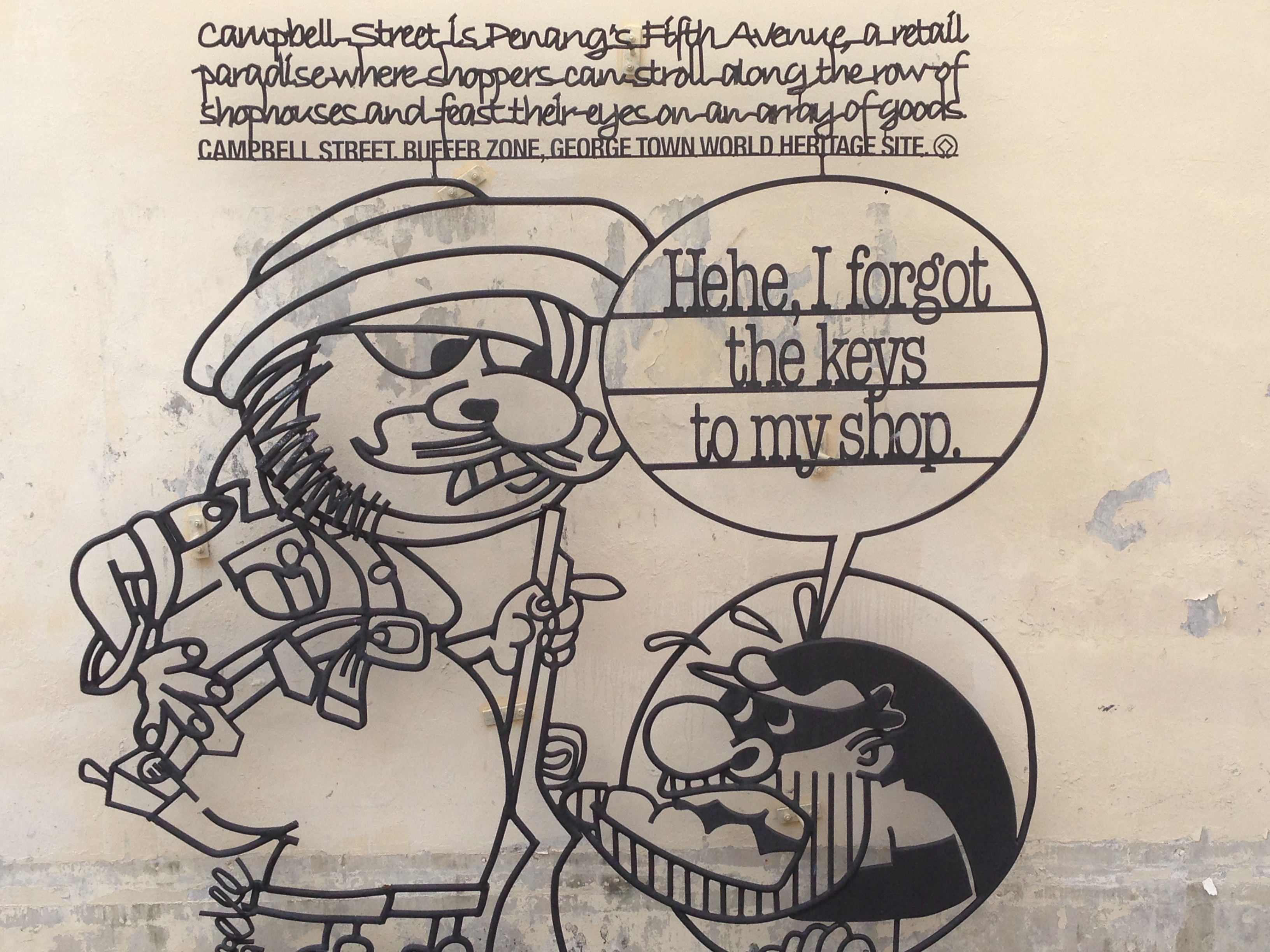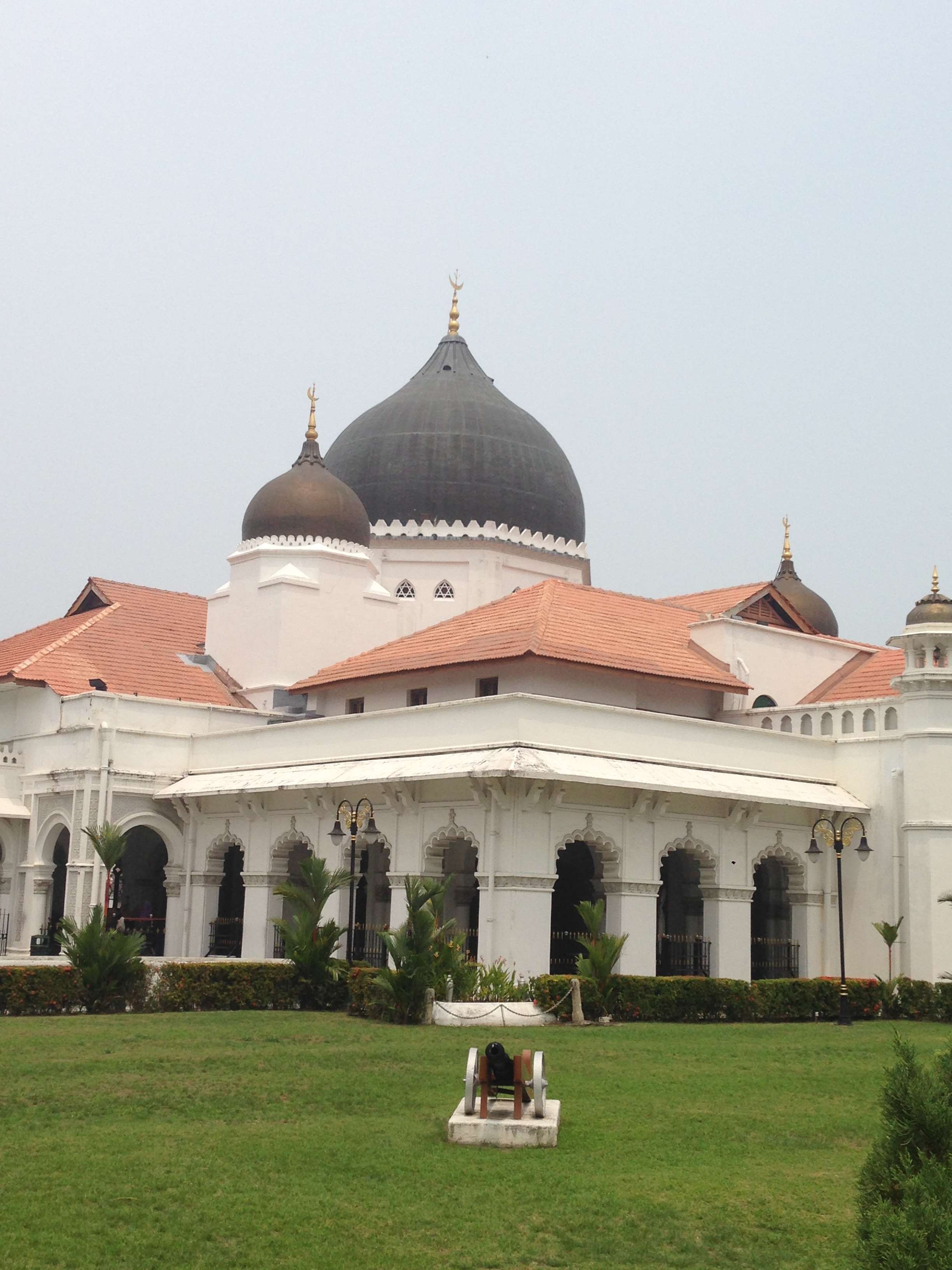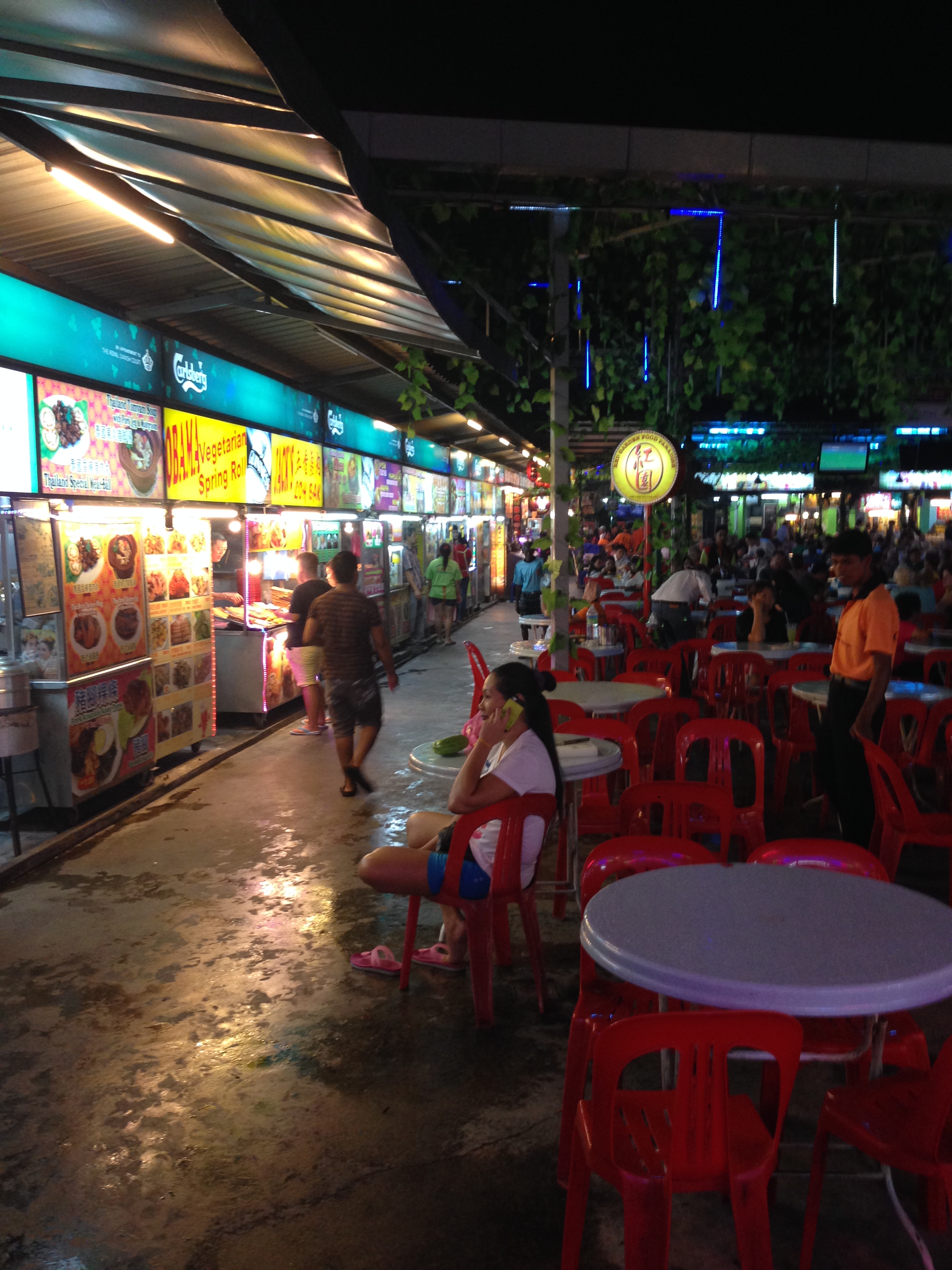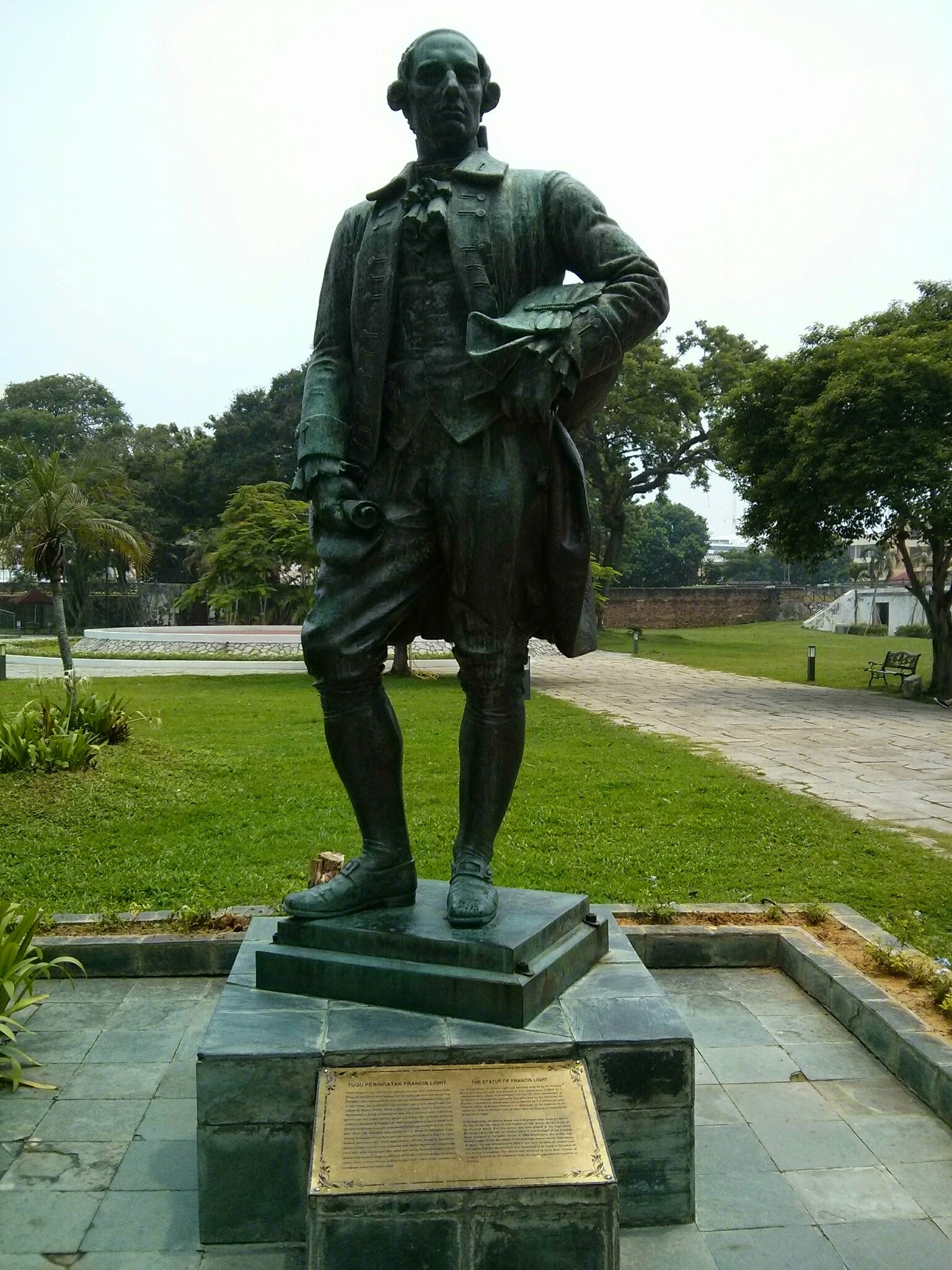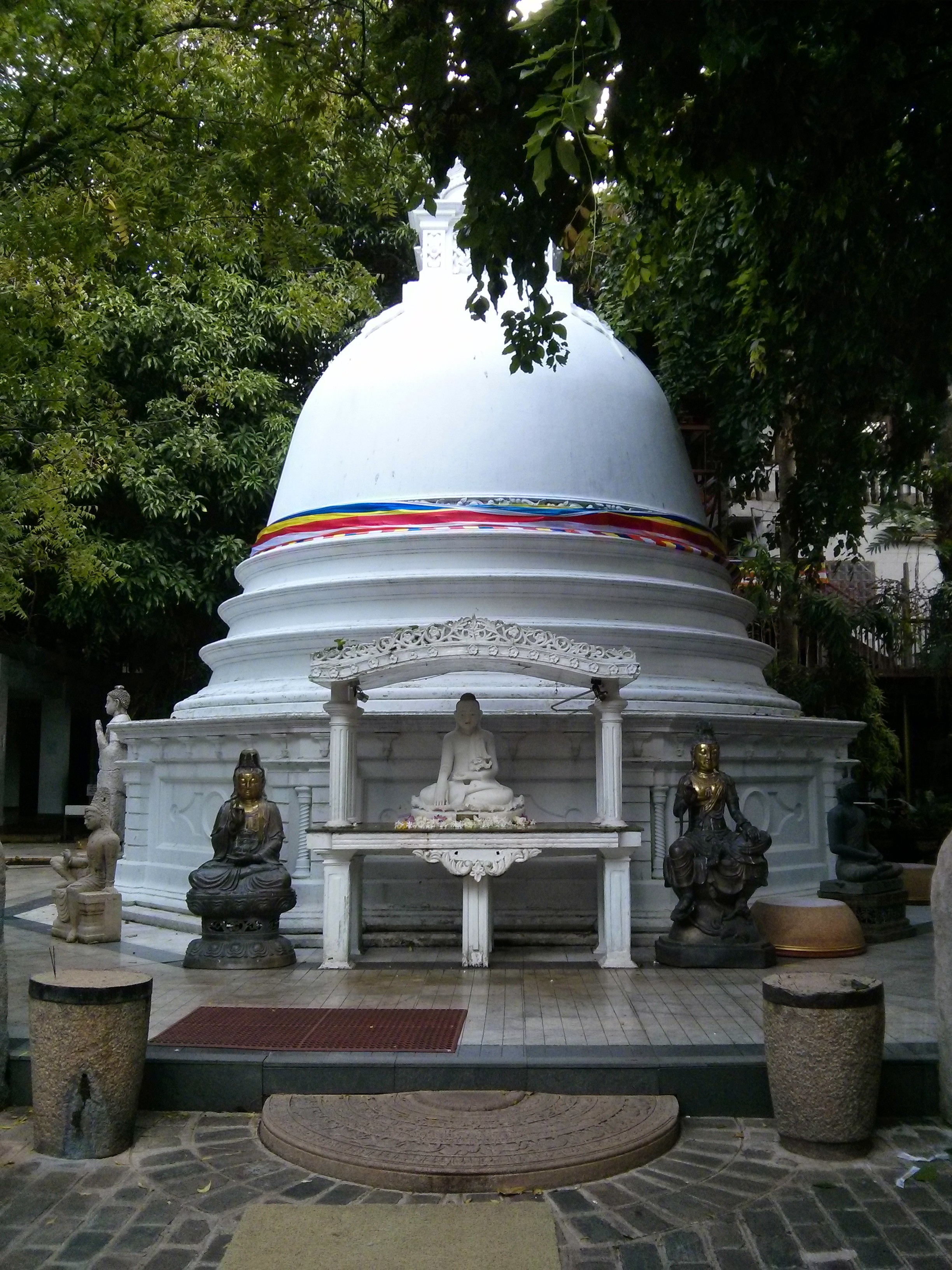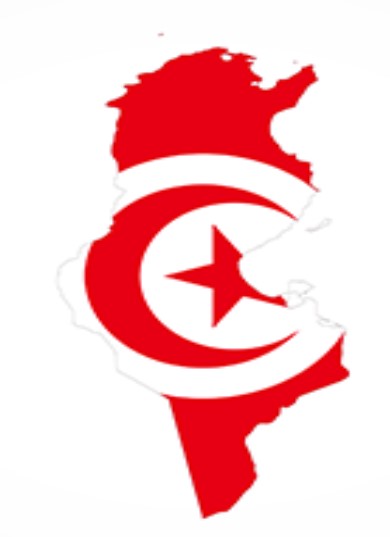
Tunisia is the northernmost country in Africa with a population of a little over 12 million. It is bordered by Algeria (west), Libya (southeast) and the Mediterranean Sea to the north and east. It also shares maritime borders with Italy and Malta.
Like most of the nations around the Mediterranean it has a long and potted history about who controlled the area that is now Tunisia. And this recorded history starts with the Berbers before the 12th century BC. In 146 BC the Romans defeated the city of Carthage and had control of the place for the next 800 odd years. In the 7th century AD, Arab Muslims had their turn and conquered Tunisia, moving in in huge numbers over the next few hundred years. In 1546, the Ottoman Empire took control for the next 300 years, until 1881, when the French conquered Tunisia. In 1956, Tunisia finally gained independence as the Tunisian Republic.

Tunisia has odd currency laws and will confiscate cash if you get them wrong.
Most countries allow you in and out of the country with the equivalent of USD $10,000 and more so long as you declare it.
But not here.
- Here you are allowed to bring in 10,000 dinar (about $3300 USD) and
- must declare amounts over 5000 dinar.
- It is a criminal offence to export Tunisian dinar
- so make sure you change everything back before you leave
- any unchanged dinar will be confiscated
- Anything over the 5000 dinar (equivalent) will be confiscated
- about USD $1500 or 1300 euros
We found this out the hard way when I got my bag deconstructed by the agent (on the way out of the country) looking for cash. In essence, if I had any Dinar left over or more than about USD 1500 or 1300 euros in cash on me, they were within their rights to confiscate it from me. There are grounds to get it back if you get a receipt and return to the country within 3 months. However, nobody who had tried this (based on online commentary) could locate where the money could be collected from due to Bureaucratic runaround.
Tunis
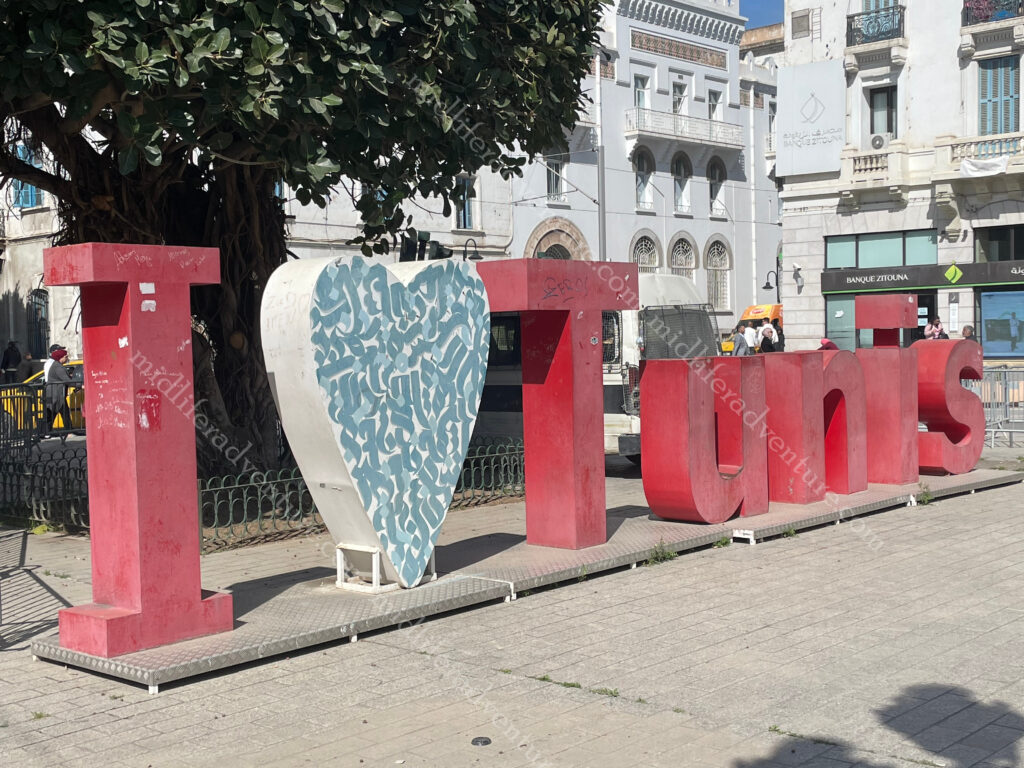
Tunis is the largest and capital city of Tunisia with about 2.7 million residents in the greater Tunis area.
And is a great place to kick back and chill.
The biggest surprise for me was the cab drivers. As any regular traveller knows, cab drivers in almost every nation are as sketchy as hell and are always trying to rip you off. Yes, there are some exceptions, but for the most part, we have stopped using taxis (even in Australia) in favour of ride-share apps.
But that was not the case here. The cabs all used meters, without being asked, were reasonably priced and did not try and tout and prey upon unsuspecting tourists. A refreshing and pleasant change.
The Tunis Medina is (apparently) the best preserved in all of North Africa. It is the historical and cultural heart of the city, with buildings dating from the 18th and 19th centuries. It is home to the souks, the markets, workshops and ateliers. Allegedly there is a pecking order to such things and therefore they are arranged hierarchically around the Great Mosque.
The souk is nowhere near the bedlam that was Marrakesh, but there is still plenty going on. And the available artisan work is of the highest quality. It is cleaner, quieter, has less touts and is generally much more manageable for the shy tourists.






The Jamaa ez-Zitouna mosque, or ‘olive mosque’, is the oldest in the city. It was founded at the end of the 7th century or in the early 8th century, but its current architectural form dates from a reconstruction in the 9th century. The mosque is said to be one of the most important in all of Islam and covers 5,000 square metres, with nine entrances. The building includes many antique columns reused after the destruction of Carthage. Due to the nearness of the souk in the Medina, you only really get to see some columns and arches.





Being non-Muslims, we typically just admire the outside of mosques and rarely enter. In many cases, we are not allowed in anyway, but even when we are we tend not to. Some of the rooftops around the Medina offer amazing panorama views over the Medina, and some even stay open for after dark shots.
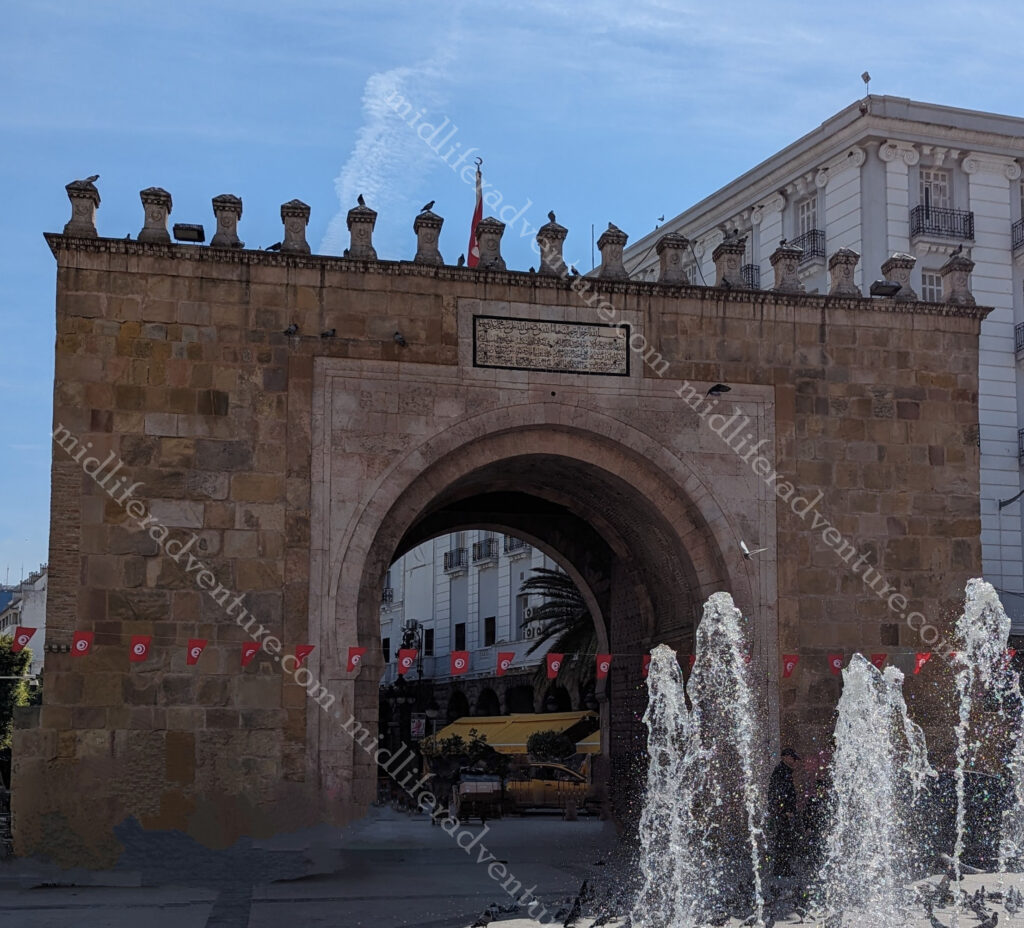
The Sea Gate (also known as the Bab el Bhar and the Porte de France) is the entrance to the Medina from the new part of town.
New Tunis
East of the Medina, is the modern part of the city called “Ville Nouvelle”. This area is often referred to by media and travel guides as “the Tunisian Champs-Élysées. It is a grand avenue lined with colonial-era buildings.











While Tunisia has had its share of security issues over the decades, at no point did we feel unsafe or uneasy. There was an off-putting security presence in the new town area that seemed extremely over the top for what was going on. Armoured vehicles, heavily armed military and blockades were everywhere and there was nothing going on.
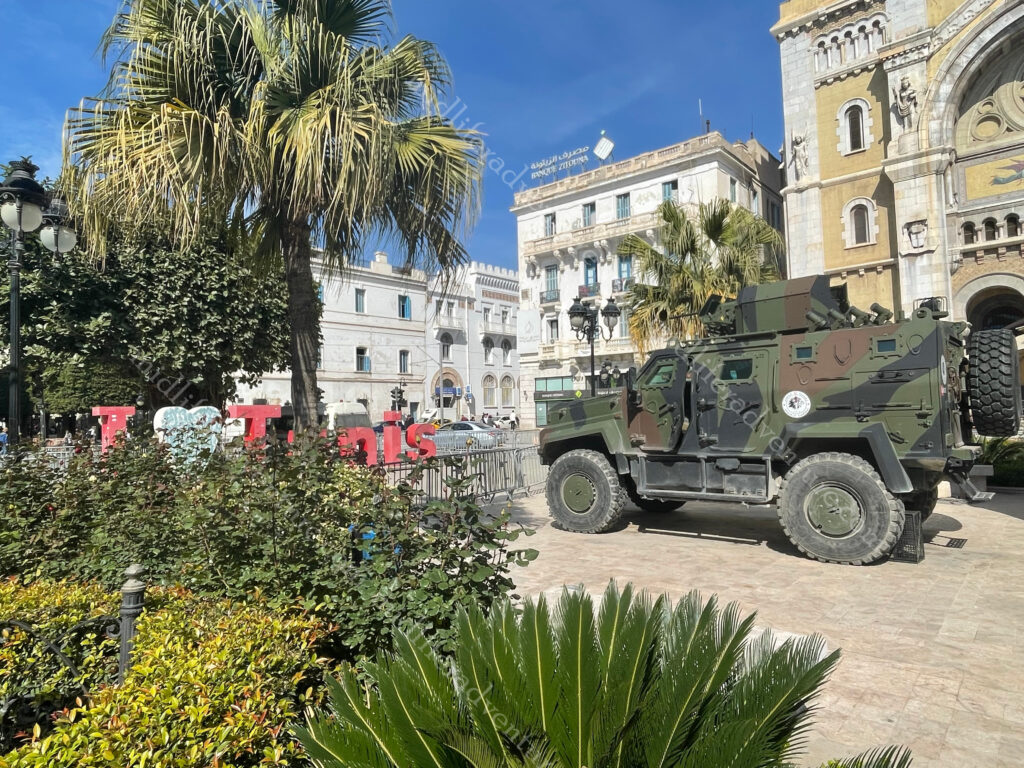
A more timid day I had never seen, clear blue skies and almost nobody on the streets, but the grand avenue had a visibly present and unnecessarily confrontational security presence.
Doors
For some strange reason I found myself taking photos of the doors (especially in the Media) of Tunis. They were truly stunning. Some huge and ornate, while others simple but there was something about the doors in this place that just grabbed me.






Carthage was a city I had heard mentioned in documentaries and the like, but never really knew where it was or much about is. As it turns out it is here on hte outskirts of Tunis and was one of the most important trading hubs of the Ancient Mediterranean and one of the richest cities of the classical world.
It has a history dating back to the 12th century BC. and between 650 BC to 146 BC, it was the most powerful trading and commercial city in the Mediterranean.
It had a sophisticated 200-dock circular harbor and the funds earned prompted investment in a sprawling metropolis of temples, markets, and estates.
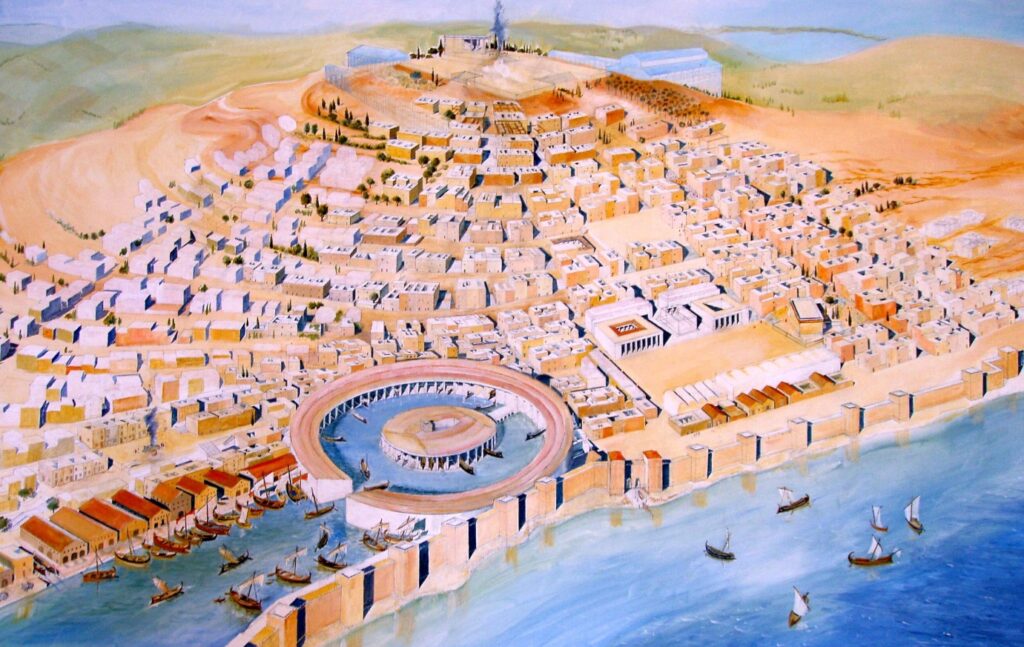
And all of this is just a 20-minute drive outside modern day Tunis. It was quite the sight until 146 BC when the Romans came an lay siege to the place for 3 years.
Today there are 7 main sites that are left to see in Carthage and one ticket ($6 each) will get you into all the sites. The place is about 15-20 km out of town (a $7-8 cab ride) and our (flash) hotel was charging exorbitant rates for their tour (over $150 a head). So we hopped a cab and headed to the ruins.



But be warned the 7 places are a fair distance between each other. We made the mistake of thinking it was like the Roman Forum and was within an easy strolling distance. We got dropped off at the archaeological site and found ourselves stranded.
So we hiked about 1.5km to the Cathedral remains (Saint Cyprien) that were both shut and quite unimpressive. And then another 1.7km walk up to the roman houses and villas. The lady at the gate at the villas entry was busy talking on her phone. So Jill stood in front of her and waited, and waited and put her money on the counter and waited. After quite literally 12 minutes of this, she picked up her money, turned around and walked away. With some choice words.




Unsurprisingly, as soon as she took her money and turned away the girl got off the phone and was ready to serve Jill. Some more choice words and we continued to walk away from her, with some more choice words. About 500m further on we found ourselves at the Roman Amphitheatre where we paid our entry and entered with no issues whatsoever. And across the road was some more ruins.








Another 1.5km walk and we found ourselves atop Byrsa hill at the Saint Louis Cathedral and the acropolis of Byrsa. This is the site of the Carthage Museum and an impressive number of pieces of Roman Columns and the odd statue.











About 2km down the hill was the last of the sights (given that we boycotted the Roman Villas due to the attitude of the girl on the counter) the aqueducts. Built in the 2nd century BC by the emperor Hadrian, they brought water more than 100kms from Zaghouan to Carthage.







Ramadan
For some reason, Jill has taken to booking us into Muslim countries during Ramadan. Last year it was the Maldives and this year it was Morocco and Tunisia and later in Istanbul. This is a forced alcohol detox as the nations typically do not serve alcohol anyway and during the holy month there is no chance.
The other thing it means is that almost every restaurant is closed and by the time the sun goes down, you tend to be a bit peckish. Thankfully we found a little joint that served brilliant local dishes for a song. Our (flash) hotel was offering a set (abridged) menu for 100 dinar ($50) a head, so we hit the streets hunting for better. And did we find it.








A little hole-in-the-wall joint, with a huge upstairs terrace, great food and entertainment for 45 dinars ($22.50) a head. Dinner was salad (more dips really) and bread, traditional soup, and the main (that came cooked and served in a weird shaped pot) was a hearty stew type thing. We went looking the next night for something different but ended up at the same joint and had a seafood main and some form of crispy egg crepe in place of the soup.
We had planned a trip to Dougga, which is lauded as “the best-preserved Roman small town in North Africa”. But I guess this will sit high on the list of things to do next time we come.





The Amphitheatre of El Jem is an amphitheatre in original town of Thysdrus although now known as El Djem. It was built for the usual roman spectator sports (gladiators etc) around 238 AD and is one of the best preserved stone in the world. It was one of the biggest amphitheatres in the world with an estimated capacity of around 35,000.
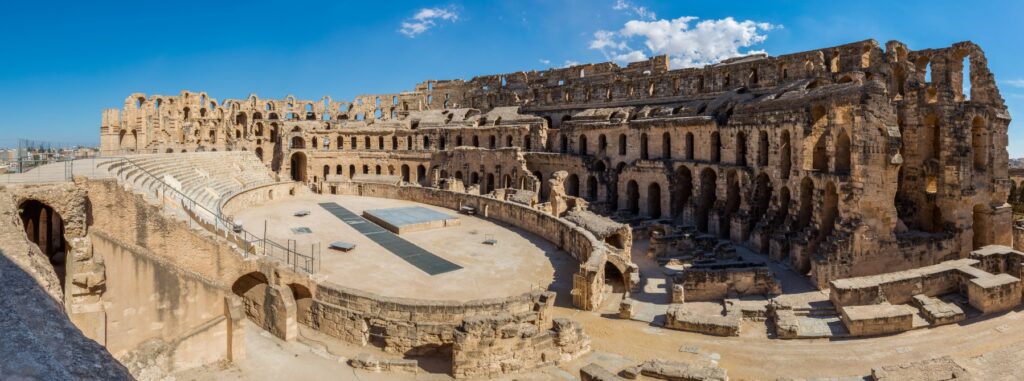
And sadly, this is one of the many things that we did not get to. So this (along with a bunch of other reasons) rates as a pretty good reason to come back.
Tunisia was great and there was so much more for us to see and do. It was a great pity that the currency issue as you leave puts a bad taste in your mouth. Other than this we really enjoyed our time here and will be back.
